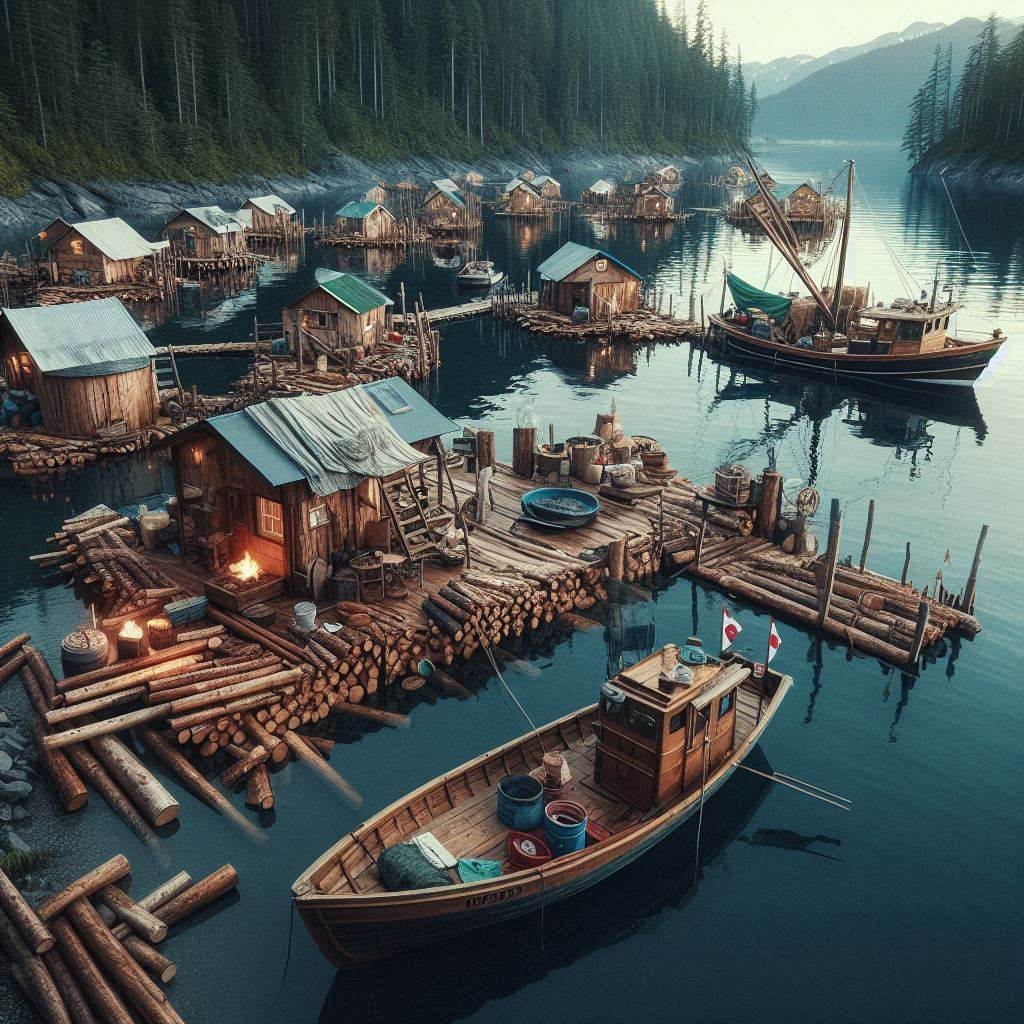
Floating communities in the Salish Sea region have a rich history, evolving from industrial origins to becoming desirable residential and recreational spaces. Here is a summary of their contributions and transformations over time:
Historical Origins
Logging and Fishing Camps
- Late 1880s: Floating homes began as logging camps along the BC coast. These camps were built on floats to follow the timber harvest, as road construction was challenging at the time.
- Fishing Industry: Similar to logging, floating camps supported the fishing industry, allowing workers to live close to their work areas.
Dam Building
- 1938-1949: The construction of Ross Dam on Ross Lake led to the creation of floating structures initially used by logging crews. These were later repurposed for recreational use by Ross Lake Resort.
Transition to Recreation and Tourism

Post-Industrial Use
- 1952: Ross Lake Resort was established, transforming the floating logging camp structures into recreational cabins. This marked the beginning of floating homes being used for leisure and tourism.
Tourism and Unique Living
- Modern Times: Floating homes have become a popular tourist attraction and a unique living option. Communities like the Salish Seaside RV Resort and Marina in Victoria offer full-service float home living, attracting both full-time residents and vacationers.
Desirable Lifestyle
Affordable and Sustainable Living
- Tiny Home Movement: The rise of the tiny home movement has increased the popularity of float homes as an affordable and sustainable living option. These homes provide a close-knit community experience and a connection to the natural environment.
Modern Amenities
- Contemporary Design: Modern float homes are equipped with amenities and designed for comfort, making them attractive for those seeking a unique lifestyle. They often feature high-end finishes, spacious layouts, and stunning waterfront views.
Economic Contributions
Tourism
- Attraction: Floating homes and communities have become significant tourist attractions, contributing to the local economy through tourism and related services.
Sustainable Housing
- Alternative Housing: Floating homes offer an alternative to crowded urban spaces, providing sustainable housing solutions that integrate with the natural surroundings.
In summary, floating communities in the Salish Sea region have evolved from their industrial roots in logging and fishing to become desirable residential and recreational spaces. They contribute to the economy through tourism and provide a unique, sustainable living option that continues to attract residents and visitors alike.
Cortez Island Museum Exhibit.
Constructed atop large cedar logs, floating logging camps augmented land-based logging operations and offered a portable means of accessing coastal lumber.
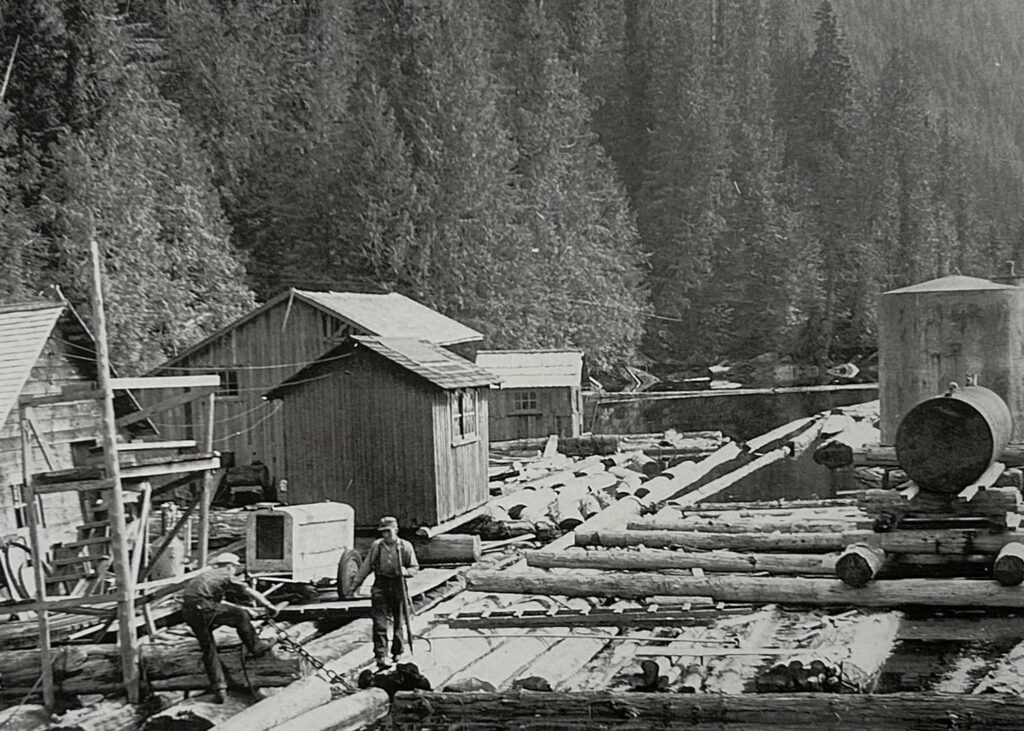
Once an area was logged, the camps were floated by tug to the next location, moving up and down the coast.
Camps generally consisted of a bunkhouse, cookhouse, and camp buildings for equipment storage.
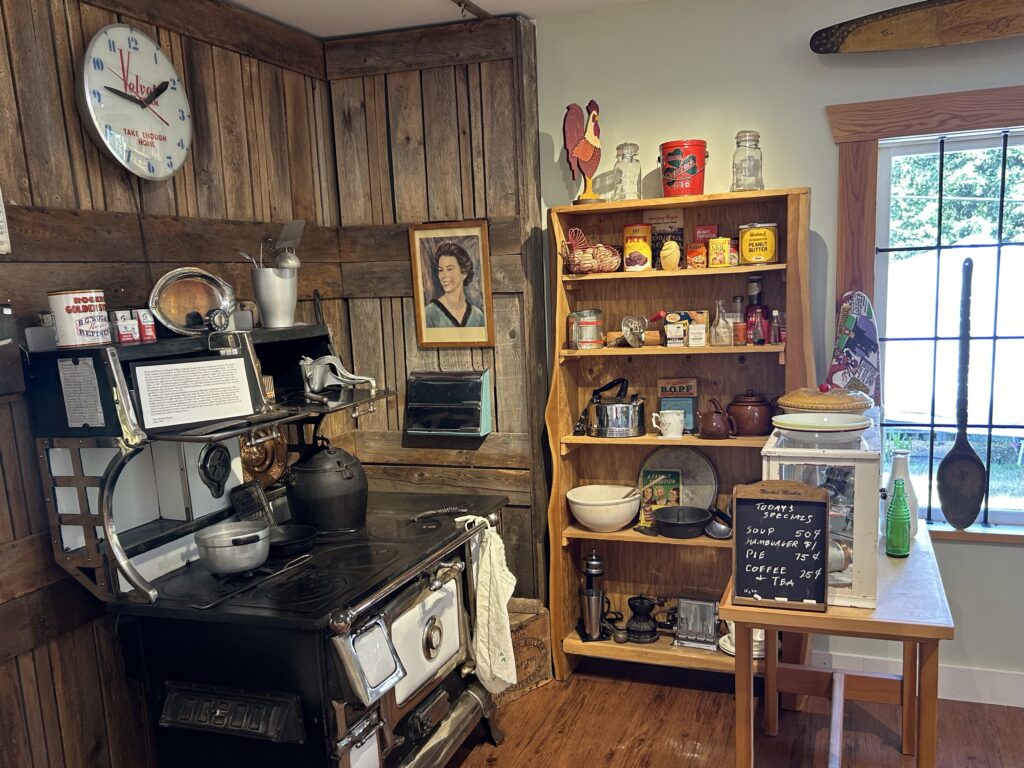
Logging was hard, physical labour, and dangerous work; the equipment – misery whips, jacks, axes, saws, winches and cables – was heavy, razor-sharp, and often resulted in injury.
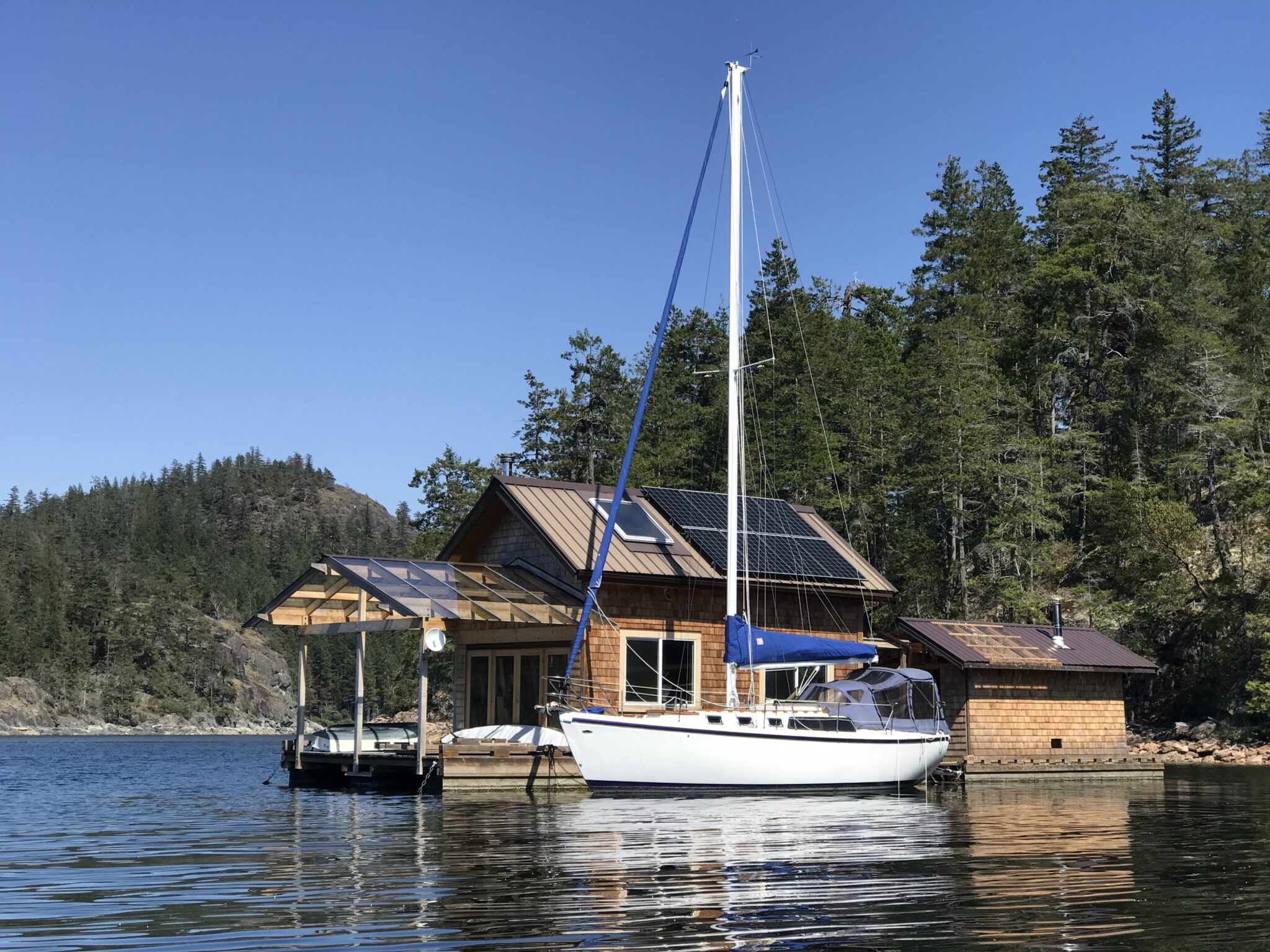
The story of float houses begins with the logging camps and timber: constructed on cedar logs to harvest both fir and cedar, float houses dotted remote coastal communities for decades. Their mobility allowed the hand logger to make a living, and when social and economic forces changed, the houses changed as well. Repurposed and repositioned, float houses continually evolve into dwellings to suit the time and place.

Known as “the tree of life” by local Coast Salish, cedar is remarkably versatile. Easily split and decay resistant, it is particularly well-suited for the coastal environment.
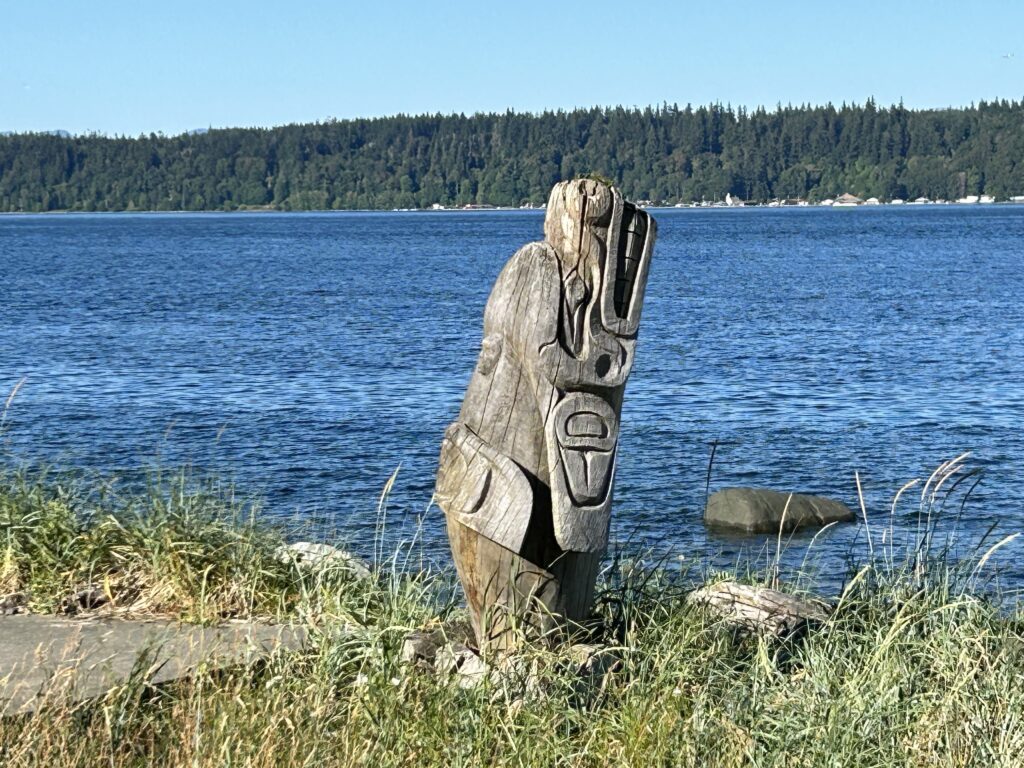
In addition to the wood itself, which is used for dwellings, canoes, paddles, masks, and totems, First Nations utilize the soft inner bark for weaving baskets and rope, clothing, fishing nets, blankets and
– all manner of implements to support day to day living.
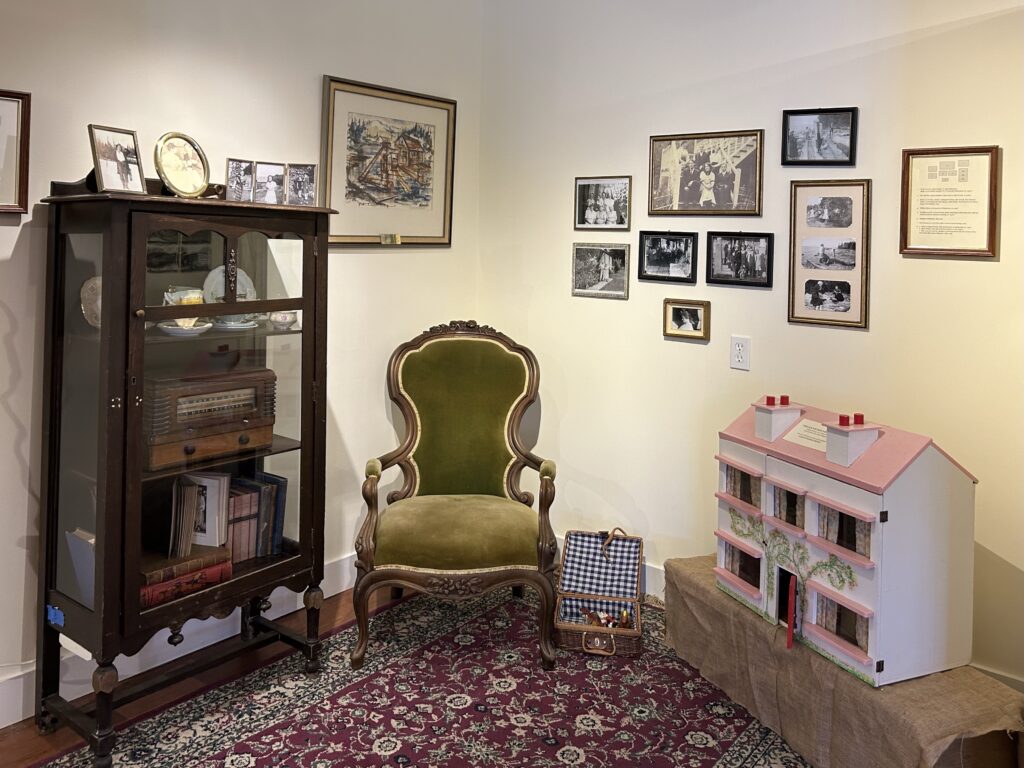
Beginning in the 18th century, explorers and early settlers saw economic potential in the seemingly impenetrable forests of the coast – especially Douglas fir.
Harvested for ship masts and spars, due to its strength and durability, fir quickly became the mainstay of the British Columbian timber industry.
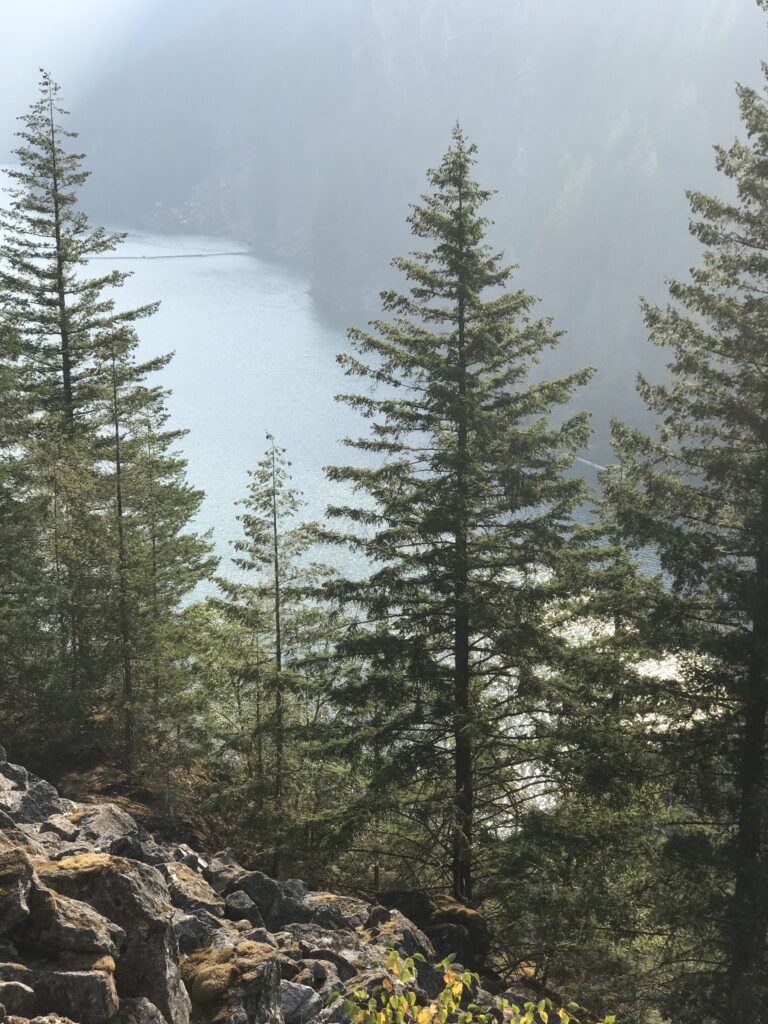
Teams of horses (or oxen) moved logs on skid roads to nearby water access. There, they would be dumped in the water and rafted up for transport south to the Vancouver sawmills.
Eventually, steam donkeys provided added power to log further
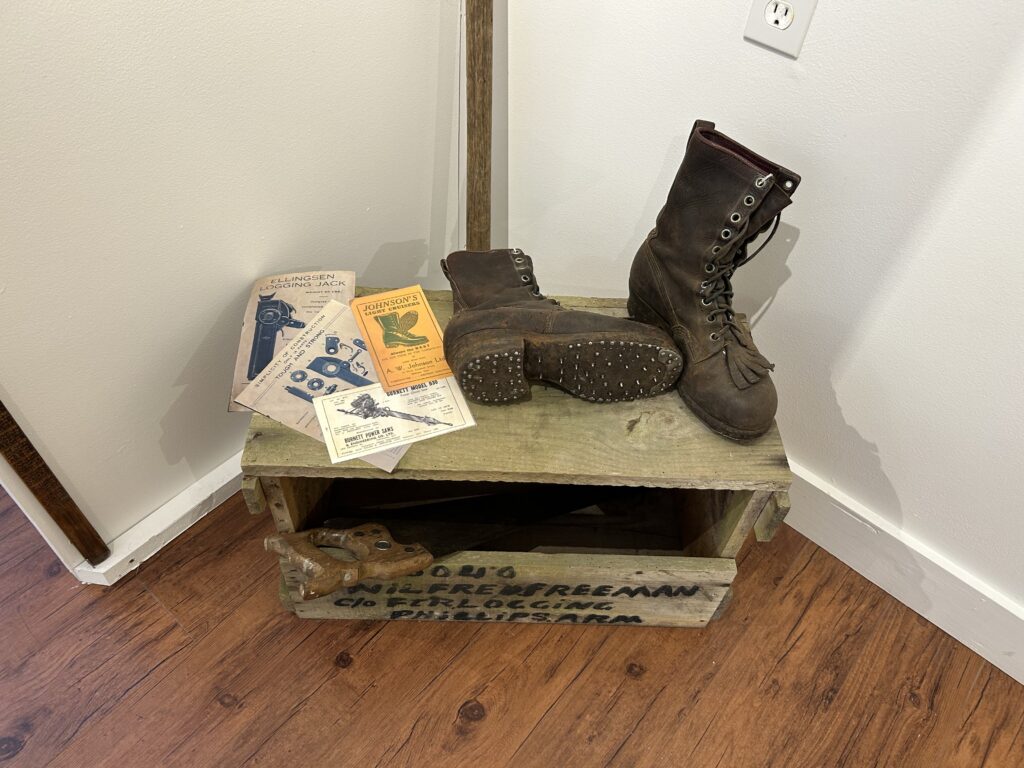
In the 1940s, the float house community of Von Donop Inlet (then called Von Donop Creek) was home to four families of loggers. Cortes Island resident Bruce Ellingsen recalls his family’s arrival in 1946, when he was six years old. His parents, Elmer and May, moved the family – and the family home – from Phillips Arm.
Bruce’s grandfather, Sigurd Ellingsen, built the home in 1938 – and he built it well. Likely assembled in Loughborough Inlet, and soundly constructed on 24″ cedar logs bolted together on the ends, the house was built on 2 x 10 floor joists, with the exterior and interior shiplap laid on opposing 45-degree angles to provide torsional rigidity.
Sigurd liked to do things well. When he was going to do something, he would do it well. – Bruce Ellingsen
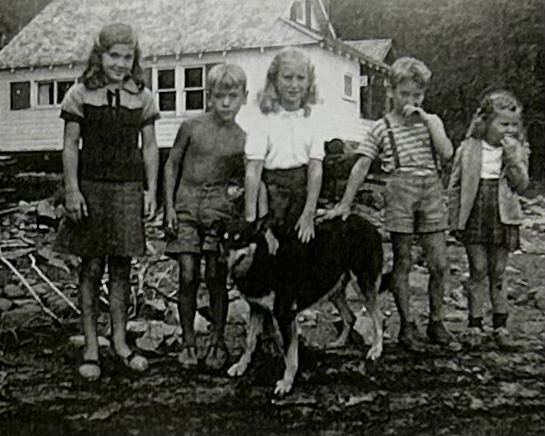
The Ellingsens remained in Von Donop for several years, logging in and about the area. Initially Bruce, his brother Andy, and sister Shirley, were shuttled with the other school-age children to the school on Coulter Bay Road. As driving conditions deteriorated, Gladys Ballantyne was brought in to teach. Bruce would eventually go to Campbell River for grade 12.
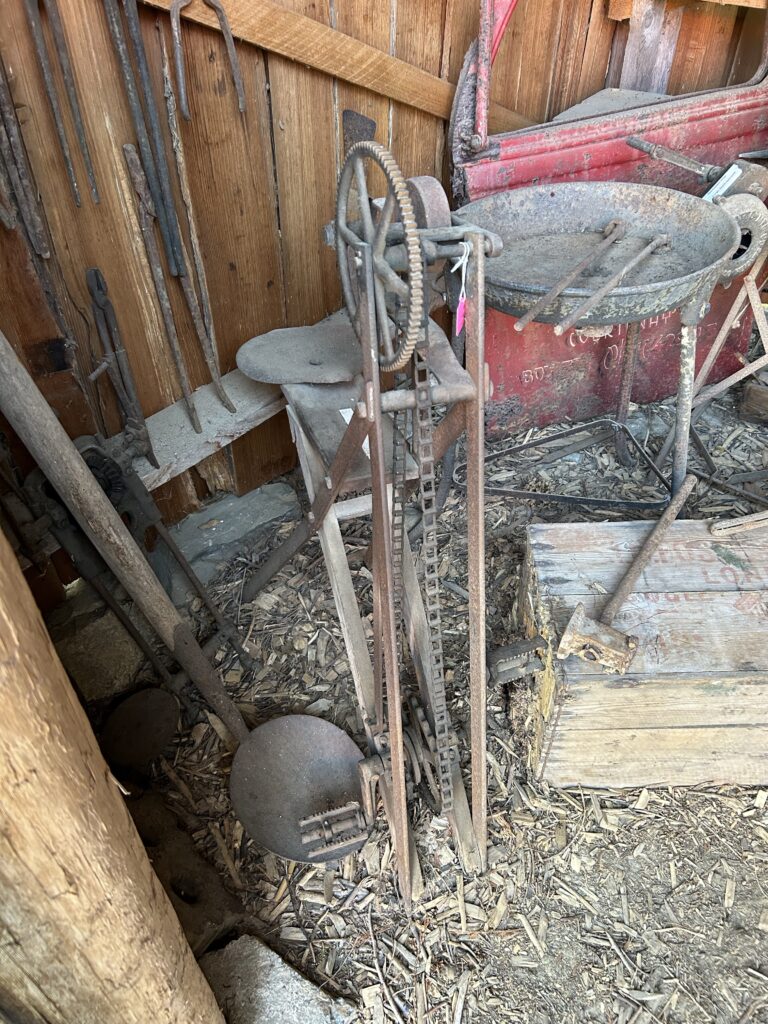
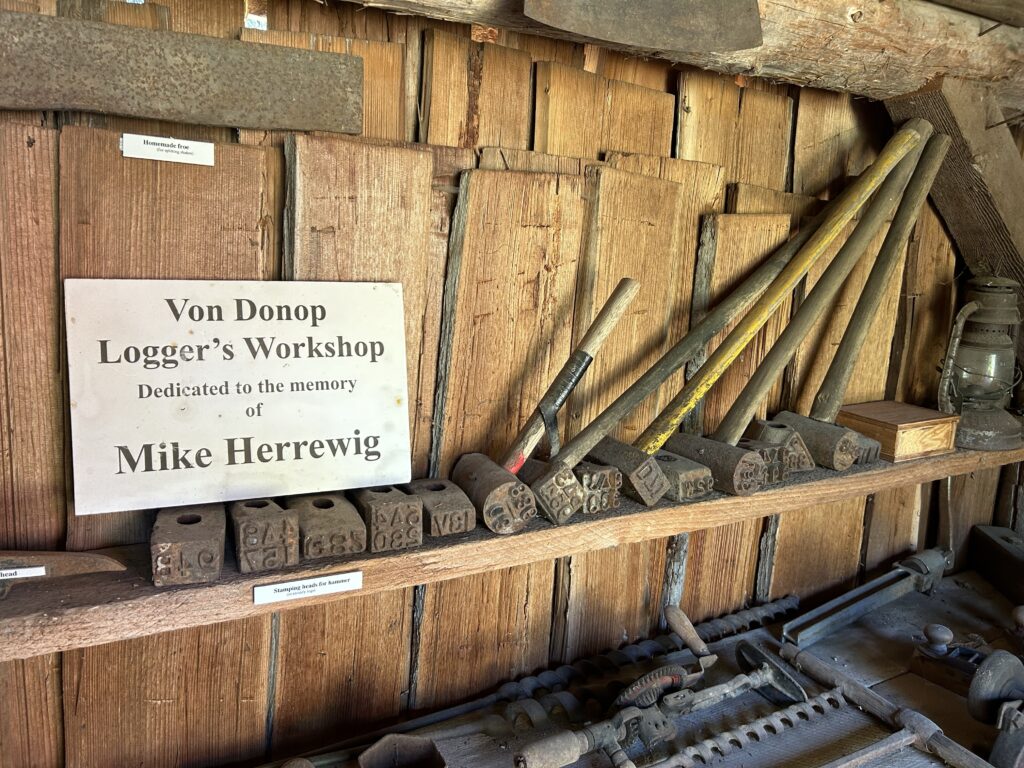
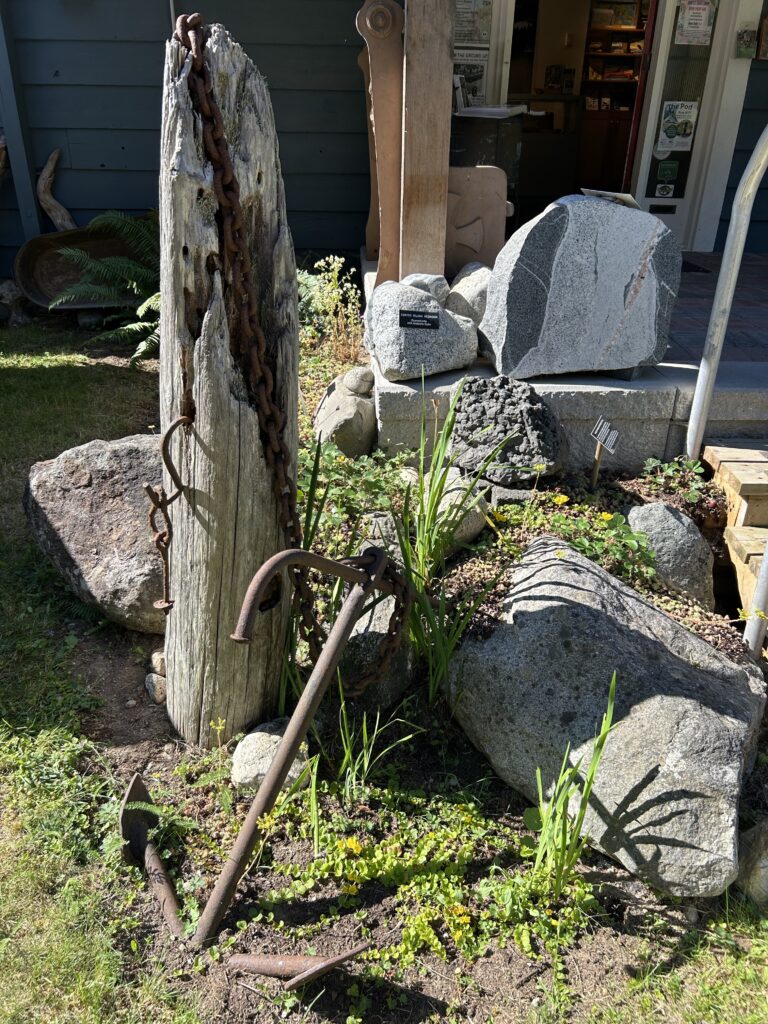
When and why families moved was often a combination of schooling needs and economic forces. Post-World War II saw significant changes to the logging industry, and to life on the coast.

In 1945, the Sloan Royal Commission recommended that forestry management be shared between the private and public sectors, with the privately held wood processing industries being granted tree farm licenses. This had a significant impact on family-owned logging businesses.

Vast areas of timberland was granted to the big companies at no charge. There was nothing left for the small logger…. for the small logger, a way of life was over. – Etta Byers, Campbell River Mirror, November 21, 1977
In 1950, the Ellingsens towed their float house to Manson’s Lagoon, where they lived for a short while before moving the house again, to where it presently sits on Hague Lake.
So that house moved 12 times before it came to the foundation there in the lake. – Bruce Ellingsen
So many of the float homes and ancillary buildings that dotted the coast have been moved to new locations – and when making renovations or repairs, remnants from the past are often revealed: original paint colour, a bit of wallpaper, a patch of linoleum.

..like a lot of people who moved from camps or off of floats to a permanent location, we added on to the house and our family a couple of times. – Bev Mathews
Bruce and Andy’s uncle, Wilf Freeman, moved his float home several times. Now overlooking Smelt Bay, the home from Phillips Arm is being renovated by its current owners, who discovered a piece of plywood when opening a wall. Likely from a shipping crate and repurposed for support, it was addressed to Wilf.
A new generation of Ellingsens live in the Von Donop float house on Hague Lake. Recently, Andy’s son, Aaron, and his wife, Jeramie, discovered some of the original wallpaper and stippling, hand-painted by May all those years ago.

Gardens were a necessity, although land access was not required. Vegetable gardens – and ornamental flowers – in planters were a common sight on the floats.
One of the first things I did was make a garden. The lack of space, and of soil, limited its size – but it was a garden. I never lived anywhere without a flower garden. When we lived on the float I gardened in containers. – Midge Calwell
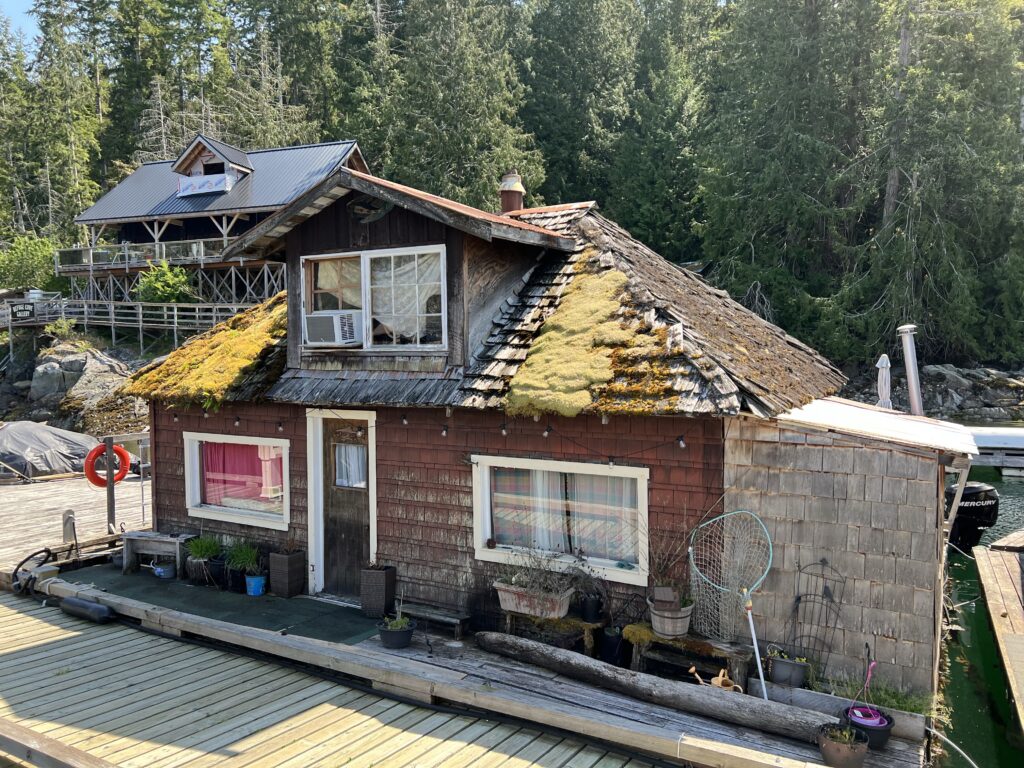
If there were enough children for a school, the school district would bring in a teacher. Otherwise, schooling was done via correspondence, generally guided by the mothers in the camp community.
The Columbia Coast Mission, established in 1905, tended to both the heart and soul of early settlers by providing medical and spiritual services to the remote coastal communities.
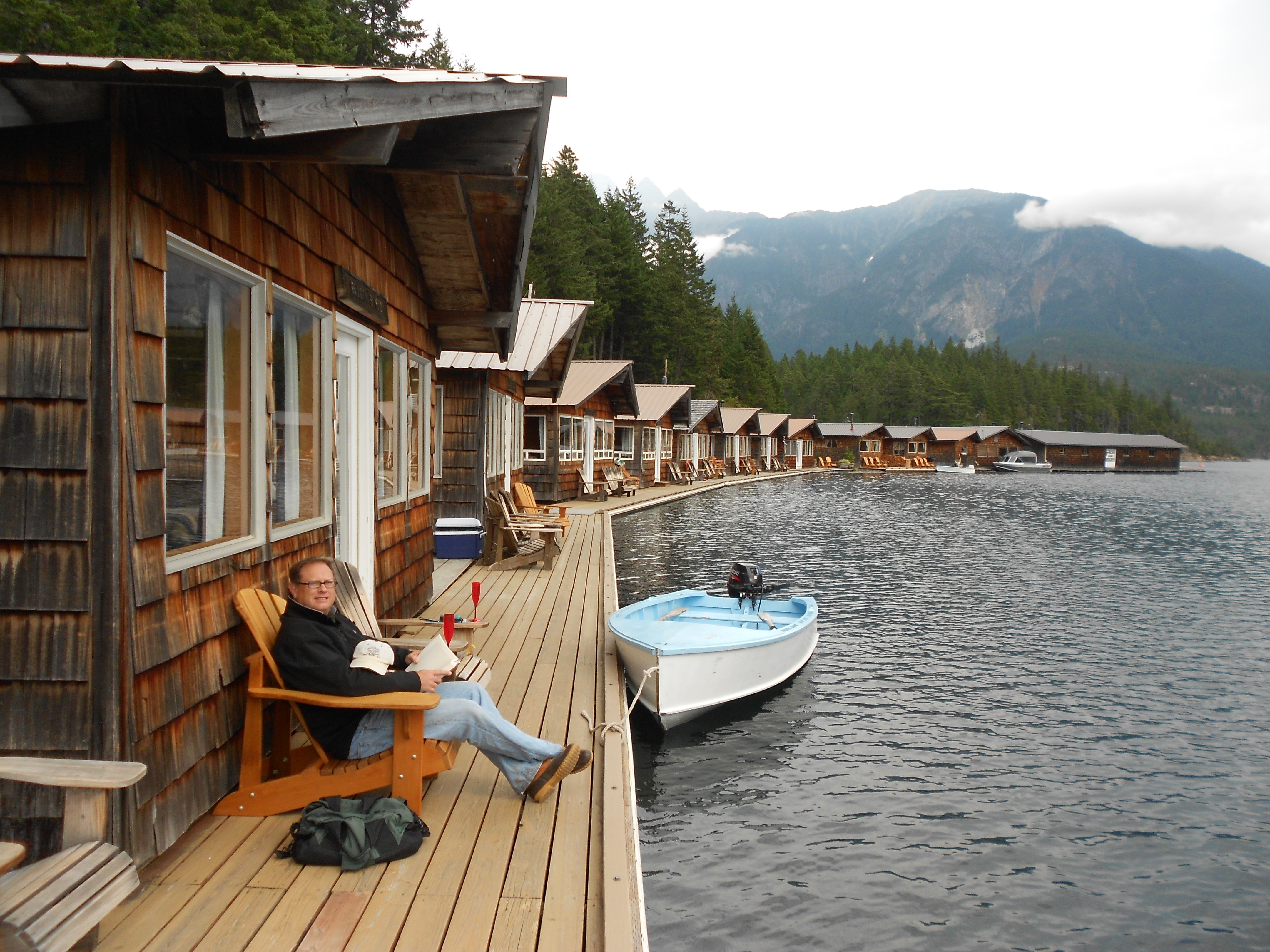
Ross Lake is a unique reservoir that straddles the border between the United States and Canada. Here’s a breakdown of its location and the history of its floating cabins:
Location:
- Ross Lake is primarily located in Washington State, USA, but extends slightly into British Columbia, Canada. Ross Dam, originally called Ruby Dam, was built in three stages between 1937 and 1949, and currently stands 540 feet (160 m) tall. A fourth stage of construction was planned for the dam; however, in 1984 Seattle City Light made an electricity-purchasing agreement with British Columbia which delayed any further expansion of the Ross Lake Dam for 80 years. This preserved Canadian land that would have been flooded by the lake.
- The floating cabins of Ross Lake Resort are on the US side of the lake. The lake and dam are named after James D. Ross, the superintendent of the Seattle City Light’s Skagit River Hydroelectric Project, which built the dam. There is a road from the lake on the Canadian Side. However you portage from the USA side and the resort arranges for that.
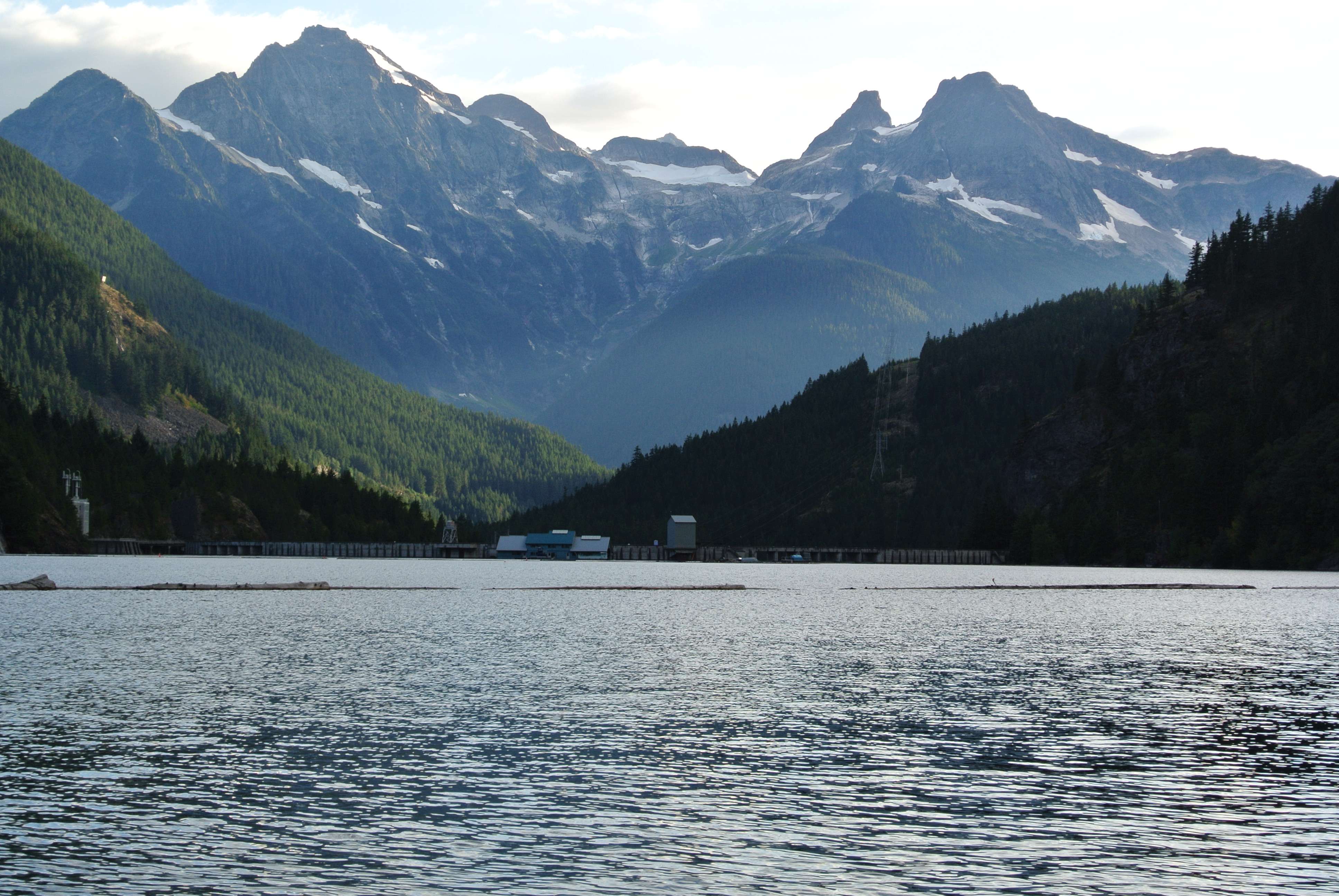
While the reservoir filled, the Decco-Walton Logging Company was formed in 1945 with the awarding of a contract from Seattle City Light. Decco-Walton logged the Skagit Gorge as Ross Lake slowly rose, and floated logs up the river to British Columbia, where it was hauled to the Fraser River. By the time Ross Lake filled, only 30 million board feet remained in the basin, less than 10% of the original timber.
Ross Lake Resort in the North Cascades is an excellent place for boating, camping and fishing. Small motor boats are available to rent and there are many inlets and waterways to explore. Floating cabins are available. It is a magical place.
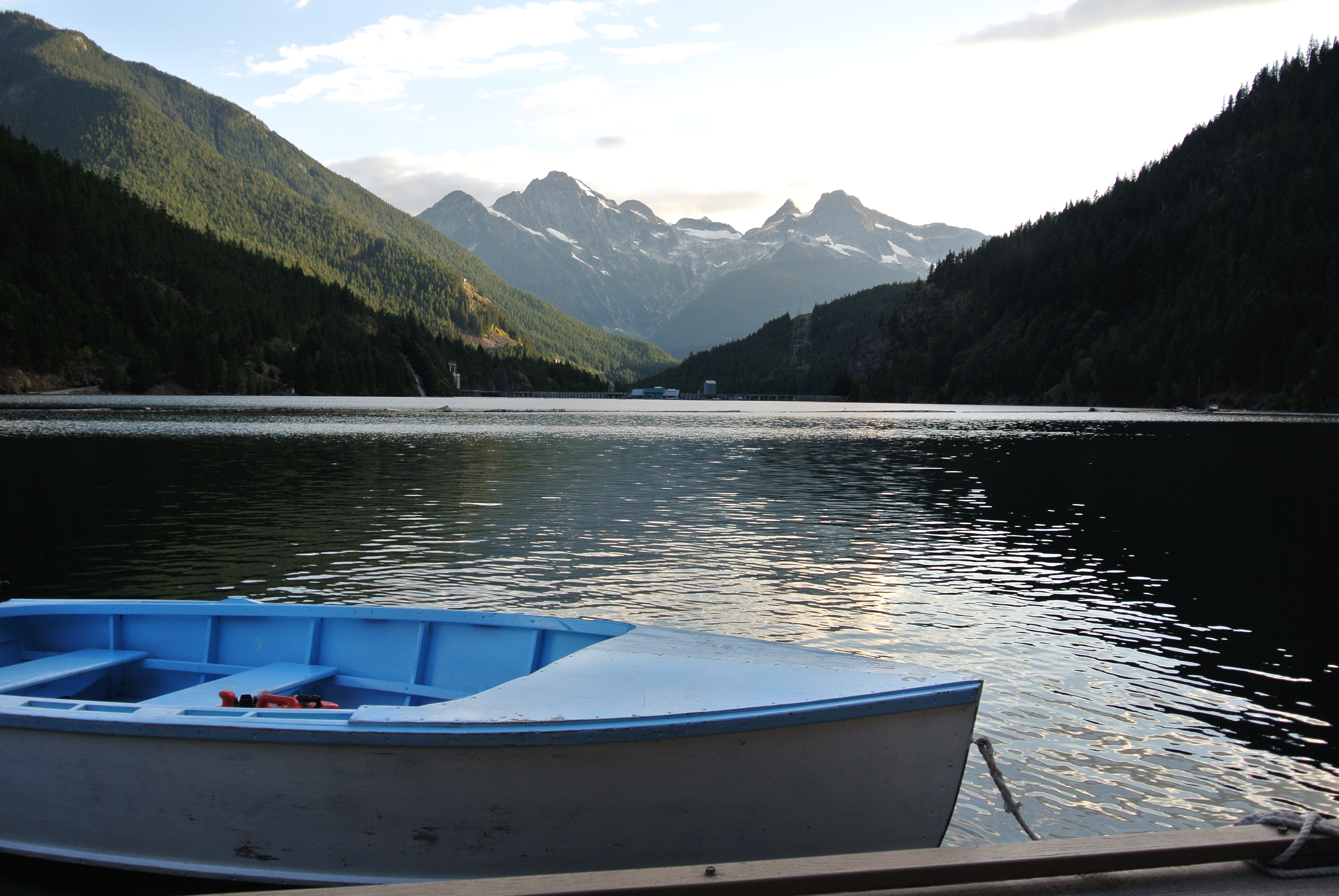
The boats on Ross Lake are built and maintained by the Ross Lake Resort staff.
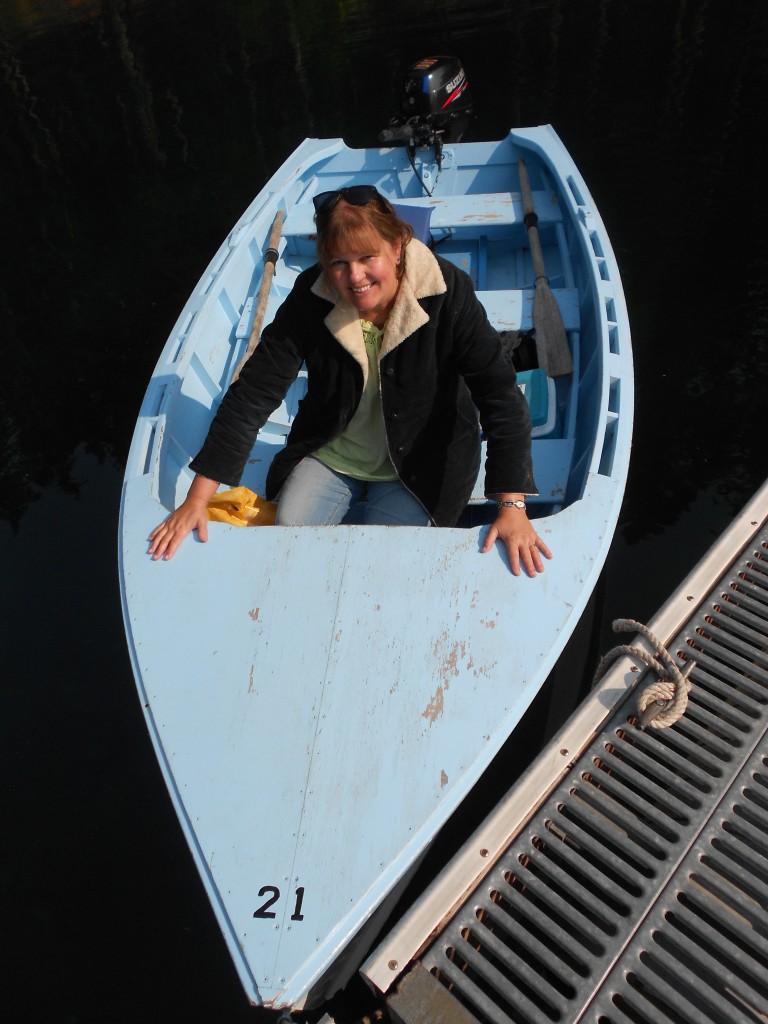
Fishermen like Meg Shaw and Edith Huck adapted their small boats to use engines, with Shaw using poles and a hand gurdy, while Huck used a rod and reel.
The wooden boats have some unique characteristics:
- On-site boat building: During the winter months, the resort’s skeleton crew engages in “building wooden boats” as part of their maintenance activities. The wooden boats used at the resort are custom-built on-site.
- Special design: The resort builds its own wooden boats tailored to the specific conditions of Ross Lake and the trout fly fishing done there.
- Variety of boat types: The resort offers both aluminum and wooden motorboats for rent. The aluminum vessels are used for camping on islands in the lake. Bear swim to those islands so bear proof lockers are provided at each camp site.
- Maintenance: The resort team maintains the boats year-round. During the winter, when the lake levels fluctuate, the staff stays on-site to adjust cables and perform other maintenance tasks, which includes caring for the boats.
- Historical context: Given that the resort was created from a floating logging camp in 1952 it’s likely that the boat design and or building techniques have roots in this industrial heritage.
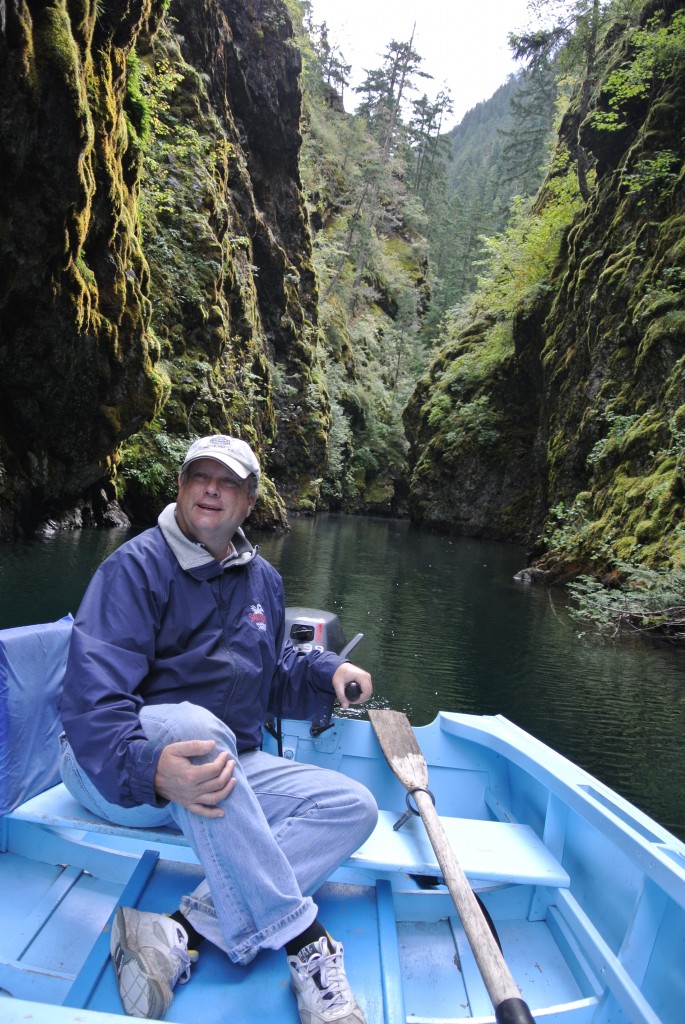
The resort builds and maintains its own wooden boats that are optimized for use on Ross Lake and the resort’s unique floating environment as well as fly fishing techniques which utilize an unusual line which sinks rather than floats as is usual for fly fishing.
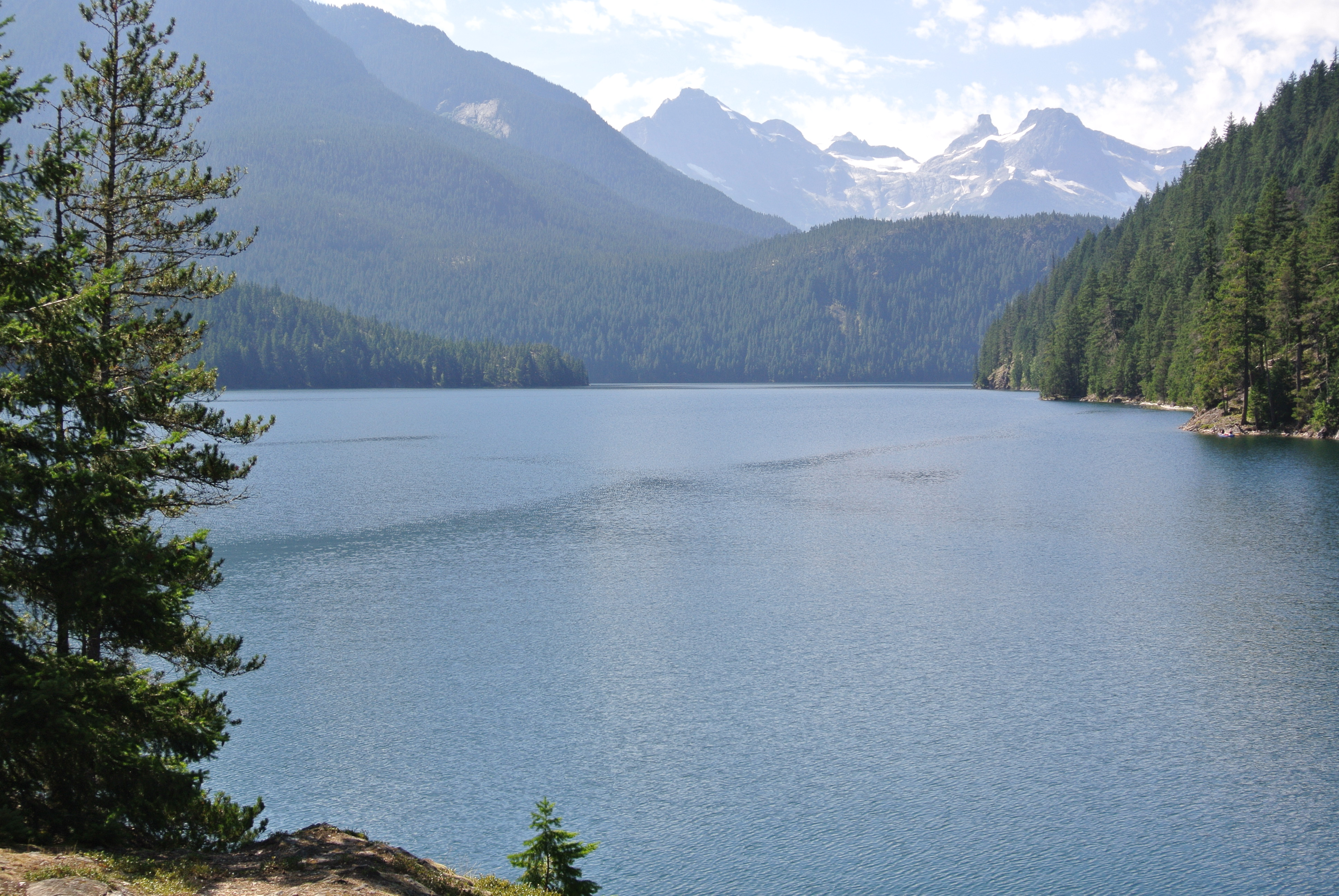
History of the floating cabins:
- Origin: The floating cabins of Ross Lake Resort were not originally built for recreation. They were created from the remains of a floating camp used by logging crews.
- Transition to recreation: The resort was established in 1952, repurposing the industrial floating structures into recreational accommodations.
- Industrial roots: The cabins’ history is tied to the construction of Ross Dam, which began in 1938 and was completed in its current form in 1949.
- Evolution: Over time, the purpose of these floating structures shifted from industrial use to recreational use, as the area became recognized for its natural beauty and outdoor opportunities.
- Current status: Today, Ross Lake Resort consists of a dozen cabins and 3 bunkhouses, all floating on log booms about a quarter mile from Ross Dam. Keg coolers for pony beer kegs are provided.
- Unique adaptation: Interestingly, during winter when lake levels are lower, the resort detaches from its shore moorings and relocates to the center of the lake.
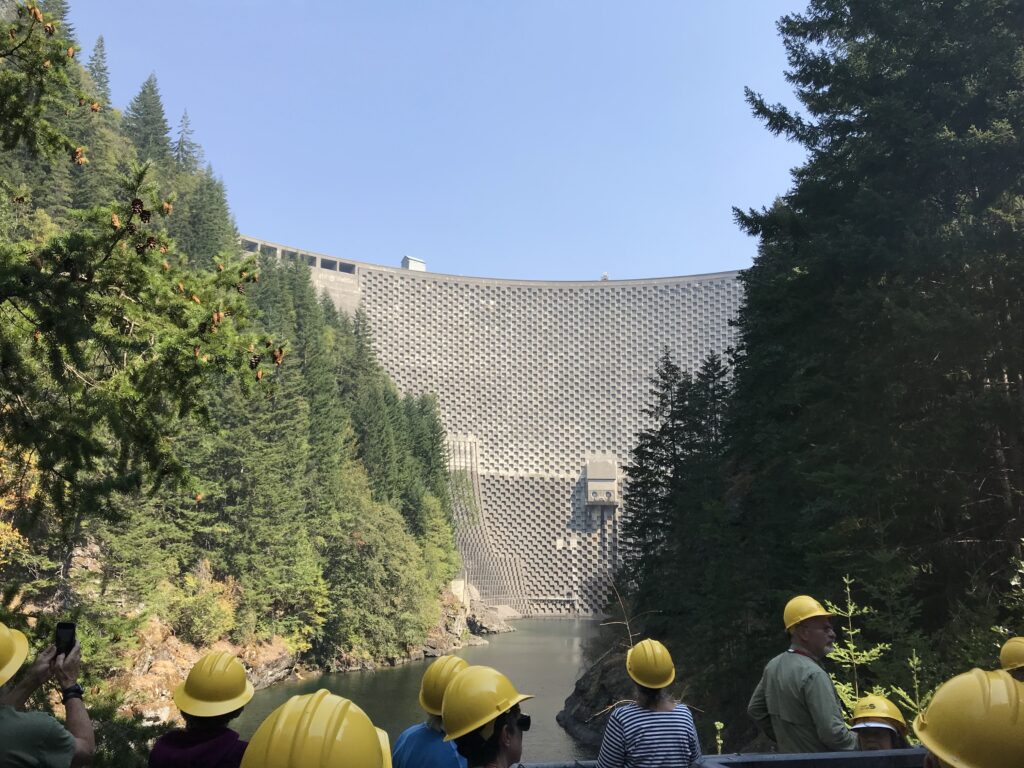
125 feet (38 m) further, bringing the total height of the dam to 665 feet (203 m).
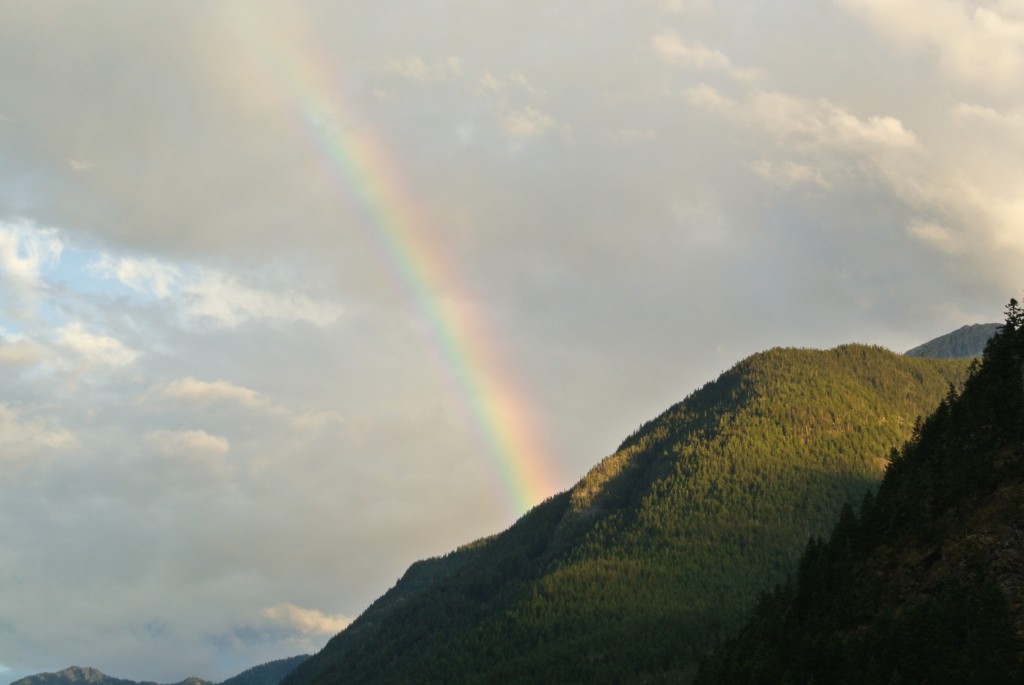
In summary, while Ross Lake itself crosses the international border, the floating cabins of Ross Lake Resort are entirely on the US side. These cabins have a fascinating history, transitioning from industrial use supporting logging and dam construction to their current role as a unique recreational destination in the heart of the North Cascade Wilderness.
FROM CAMP TO COMMUNITY (Cortez Island Museum Exhibit)
Small, family-owned logging companies operated in a similar fashion as the larger logging enterprises. Bunkhouses became float homes, moving from site to site as dictated by accessible lumber.
Everyone in the camp was part of both the family and working life of our community…These were values that were instilled in us just by being there surrounded by hard working people who respected each other. – lerty Herrews

Often attached to land on one end and supported by pilings in the water, land access allowed for fresh water collection and trips to the general store, when sundries were not delivered by Union steamships. Merchantiles would extend credit to families until their log boom was paid for; once the bill was settled up, the credit would start again.
Salish Sea
Floating communities have played a significant role in the economy and history of the Salish Sea region, including areas around Vancouver Island and coastal British Columbia. Here’s an overview of their contributions and evolution:
Economic Contributions:
Logging Industry: Floating homes originated as logging camps in the late 1880s. These mobile camps allowed logging companies to move along the BC coast, following the timber harvest. This flexibility greatly contributed to the efficiency and productivity of the logging industry.
Fishing Industry: Similar to logging camps, floating communities supported the fishing industry, allowing fishermen to live close to their work areas.
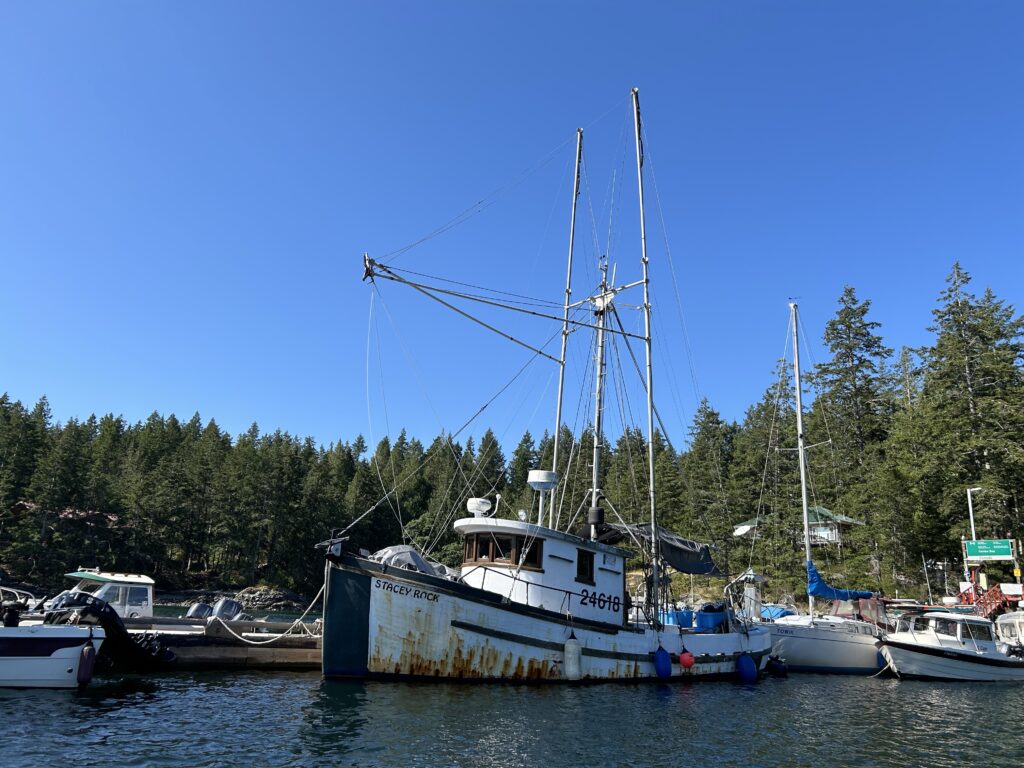
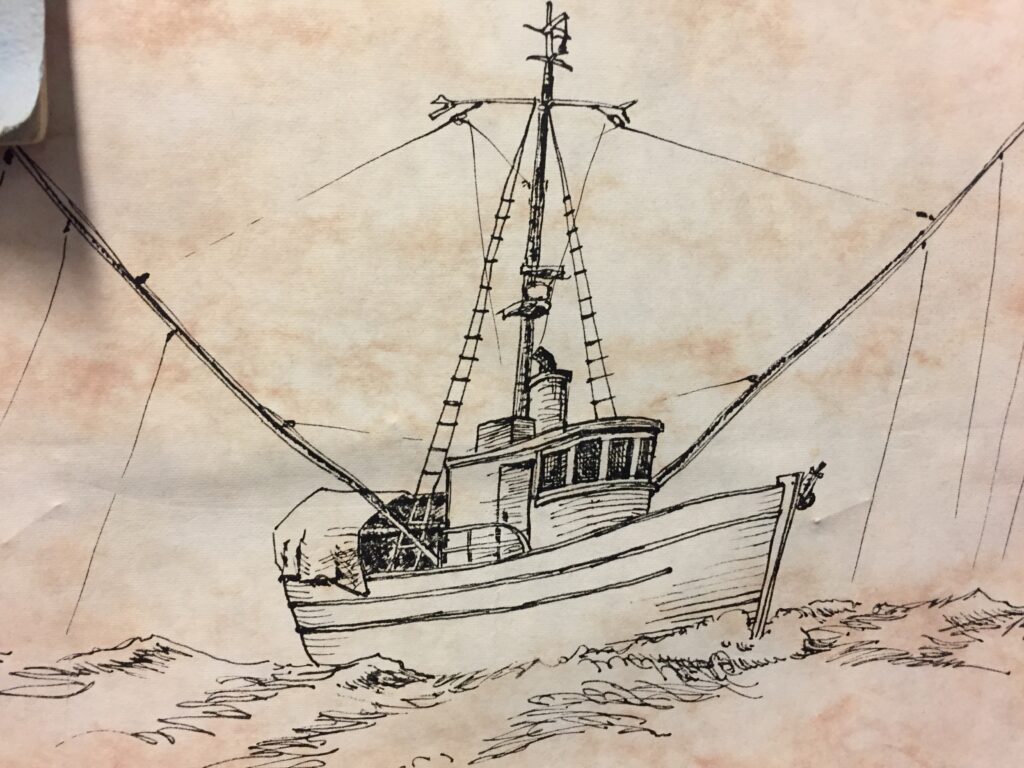
Housing Alternative: Floating homes provided an affordable housing option, especially in crowded urban areas, contributing to the local economy by allowing people to live and work in coastal regions.
.jpg)
Tourism and Unique Living: In more recent times, float homes have become attractions in themselves, contributing to local tourism and creating unique communities that add to the region’s appeal.
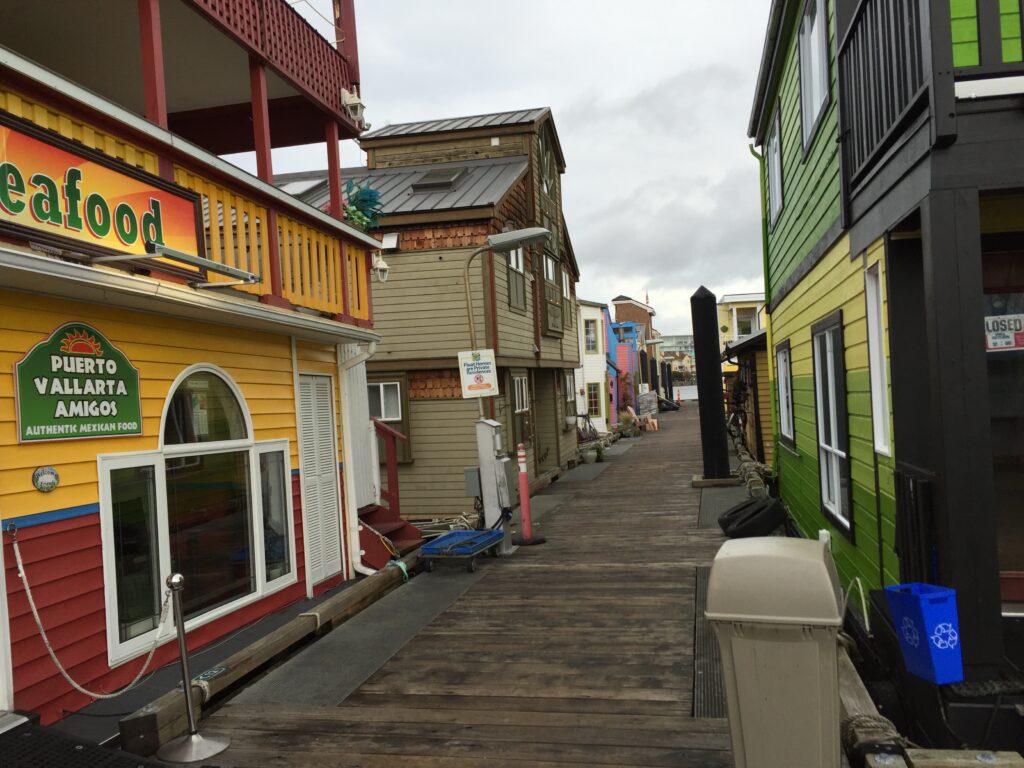
Timeline and Evolution:
- Late 1880s – Early 1900s: Floating communities emerged as practical solutions for logging and fishing industries.
- Early to Mid-20th Century: The lifestyle expanded beyond industry workers. Families began living in float homes year-round, with communities forming around schools and other necessary services.
- Mid to Late 20th Century: As road infrastructure improved and industries modernized, many were moved permanently onto shore.
- Present Day: While the original industrial use has largely ended, floating homes continue to exist as a lifestyle choice. There are currently more than 800 floating homes in British Columbia.
End of the Traditional Lifestyle:

The traditional floating community lifestyle associated with logging and fishing industries gradually declined throughout the 20th century due to several factors:
- Improved Transportation: Better roads and transportation methods reduced the need for mobile camps.
- Industry Changes: Modernization of logging and fishing practices.
- Regulations: Stricter environmental and safety regulations made it more challenging to maintain floating communities.
However, it’s important to note that while the original industrial-based floating community lifestyle has largely ended, floating homes continue to exist in a different form. Today, they are regulated residential communities, often found in marinas, representing a chosen lifestyle rather than an industrial necessity.
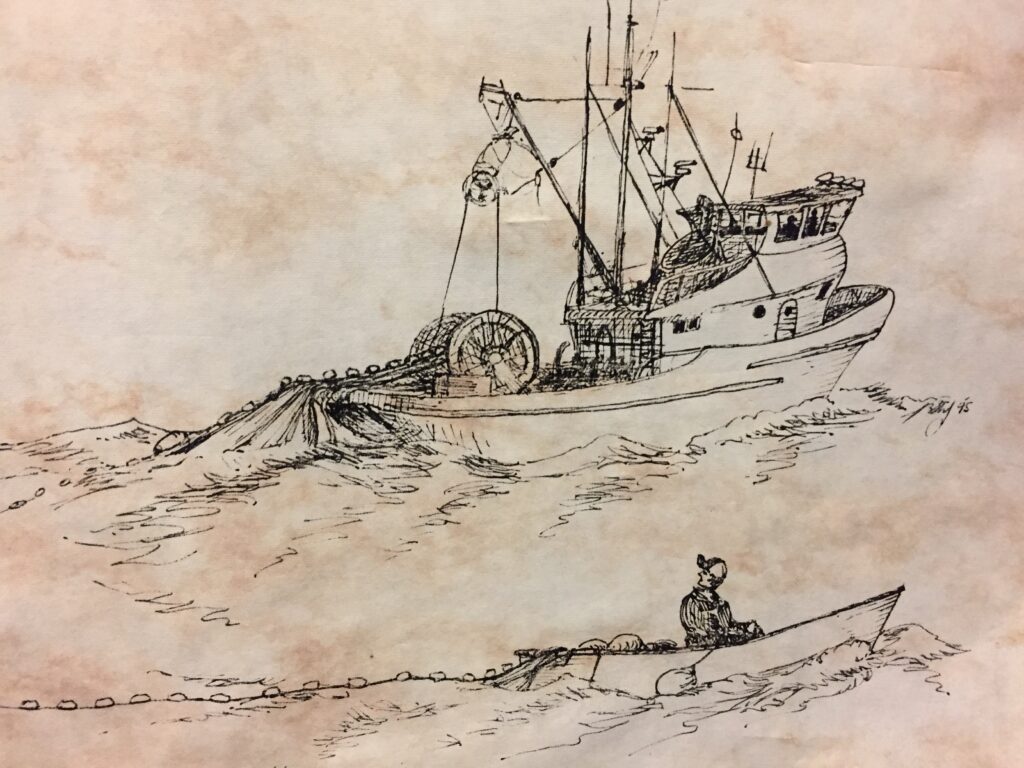
A small boat called a skiff pulls a net from the mother boat in a circle, surrounding the fish. A line is pulled, closing off the bottom of the net, trapping the fish inside. The salmon are then scooped into the mother ship.
In conclusion, floating communities made significant contributions to the Salish Sea region’s economy, particularly in the logging and fishing industries. While the traditional industrial-based lifestyle has ended, the legacy continues in the form of modern floating home communities that still contribute to the local economy and culture of the Salish Sea.
Based on the search results, here’s a summary of the history of Seattle’s floating communities:
- Origins (late 1800s):
- The first floating homes were built in the late 1800s to house workers in logging camps.
- Simple structures were built on rafts to follow logs down rivers.
- By the 1920s, some houseboats were built as summer homes for wealthy residents on Lake Washington.
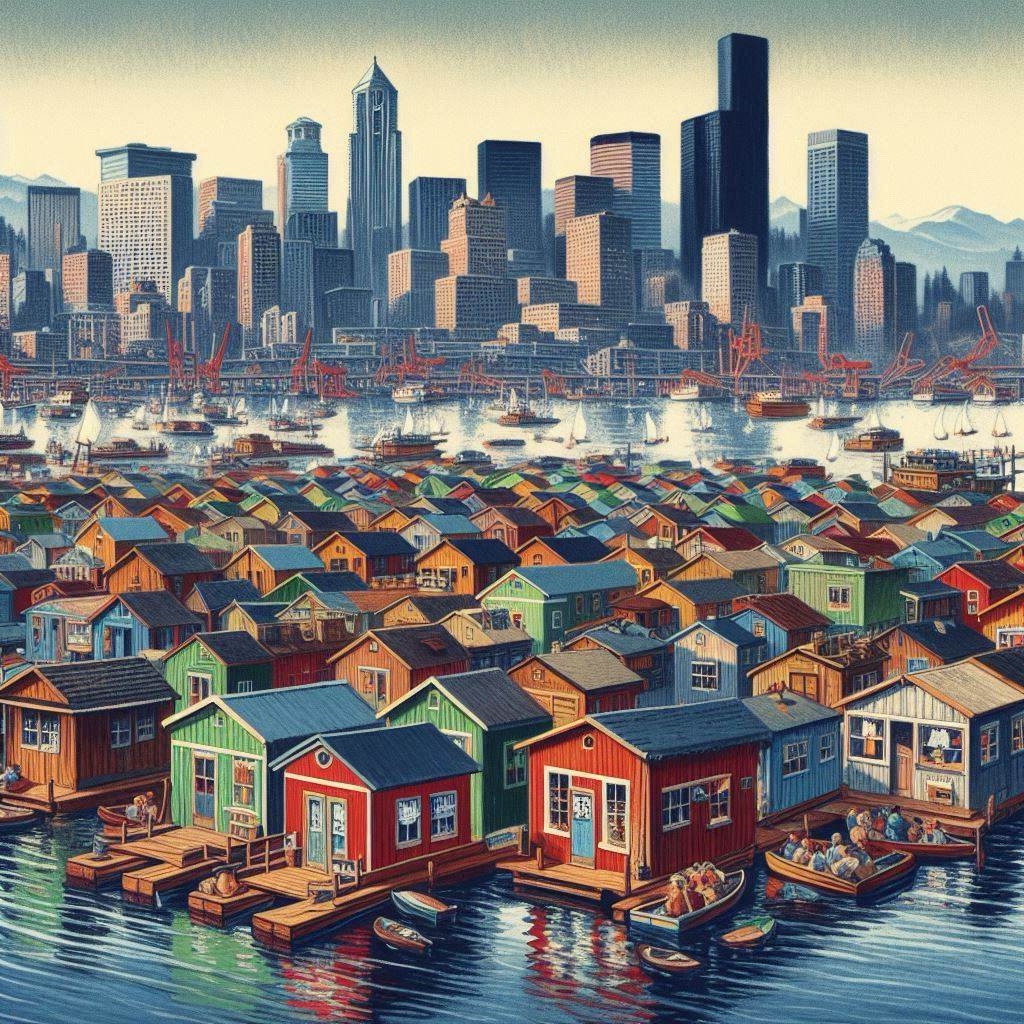
- Early 20th Century:
- On Lake Union, houseboats became permanent homes for fishermen, boatmakers, and some bootleggers.
- The 1920s saw the construction of “classic” houseboats with rounded “sprung” roofs.
- A major expansion occurred in the 1930s during the Great Depression, as people sought cheap housing.
- By the late 1930s, there were over 2,000 houseboats in Seattle.
- Mid-20th Century Challenges:
- In the 1950s, local officials targeted houseboats for demolition, viewing them as slums.
- The number of houseboats dwindled to less than 1,000.
- In 1962, houseboaters formed the Floating Homes Association to fight back against threats.
- They addressed sewage concerns and lobbied for eased restrictions.
- 1960s-1970s:
- Architects began building new houseboats on cement and Styrofoam floats.
- Major battles were fought against over-water apartment developments.
- The City Council agreed to allow houseboats as part of the Shorelines policy.
- By the 1970s, the number of houseboats had decreased to around 480.
- Modern Era:
- Floating home communities have become more organized and regulated.
- They’ve evolved into desirable, often high-end residential areas.
- As of 2024, there are approximately 517 floating homes in Seattle, with neighborhoods like Eastlake, Westlake, and Portage Bay being popular locations.
Throughout their history, Seattle’s floating homes have faced challenges from urban development, regulations, and changing social perceptions. However, they have persevered to become an iconic part of Seattle’s urban landscape and a unique, close-knit community within the city.

Seattle’s vibrant community of floating homes is establishing itself as a hub for advanced green building. While some homes charm with ingenious design, others showcase cutting-edge systems that drastically reduce energy consumption and environmental impact
From energy efficiency to green design, Seattle floating homes embrace innovation on the water
Seattle is home to several popular neighborhoods known for their floating homes, each with its unique character and charm. It’s worth noting that there are approximately 507 floating homes and 215 houseboats in Seattle, with a city cap of about 525 floating homes and 250 Floating On-Water Residences (FOWRs). While there’s a range of prices depending on the specific location and property type, the average price for a shore-based house in Seattle is between $800,000 and $1 million. However, waterfront properties can command significant premiums, especially for larger or more luxurious homes. A floating home reflects this pricing.

Architect Tim Carlander and Bill Vandeventer’s new home showcases a whole array of cutting-edge green technologies.
At the heart of their home’s climate control is a water-based heat pump system that powers radiant floors, similar in concept to Peter and Brigitte’s.
Ibid
The most notable floating communities follow:
Popular Neighborhoods for Floating Homes in Seattle
1. Eastlake (290 homes)
- Description: Eastlake is one of the most iconic neighborhoods for floating homes in Seattle. It is located on the eastern shore of Lake Union and is known for its vibrant community and picturesque views.
- Features: The area is characterized by a mix of historic and modern floating homes, with many docks converted into co-ops and corporations owned by residents.
- Price: In 2021, floating homes on Eastlake sold for an average of $1,908,000, while those in Portage Bay averaged $1,107,000. Homes with unobstructed views sold for an average of $2,526,250, compared to $916,950 for homes with fair/limited views.
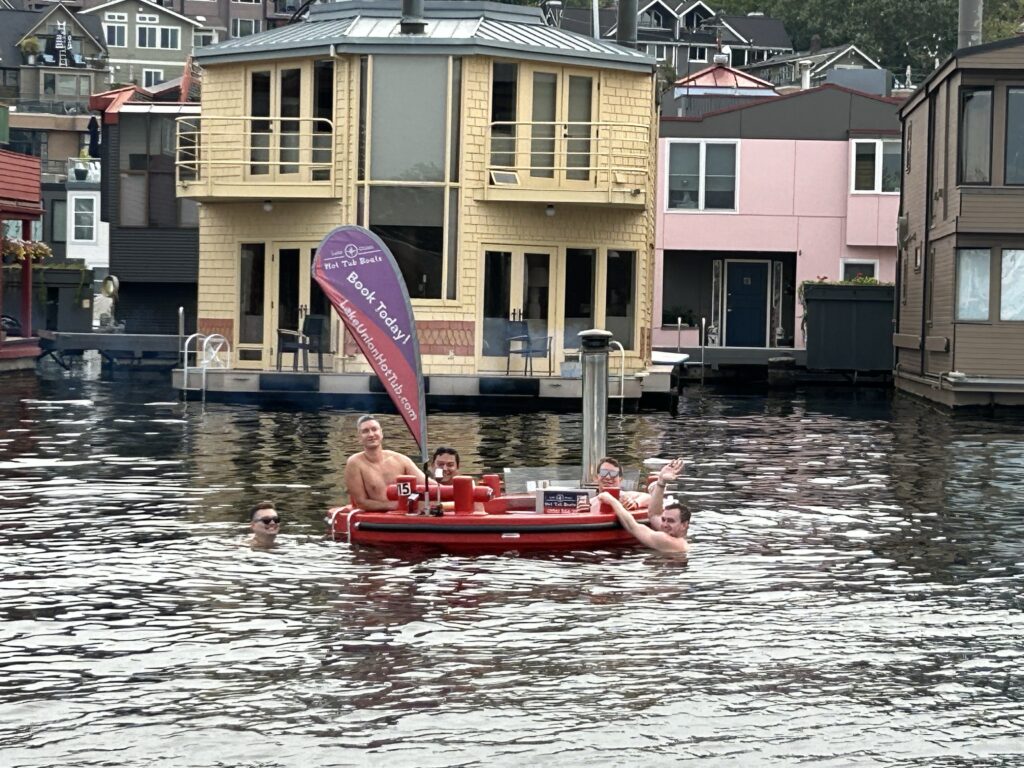
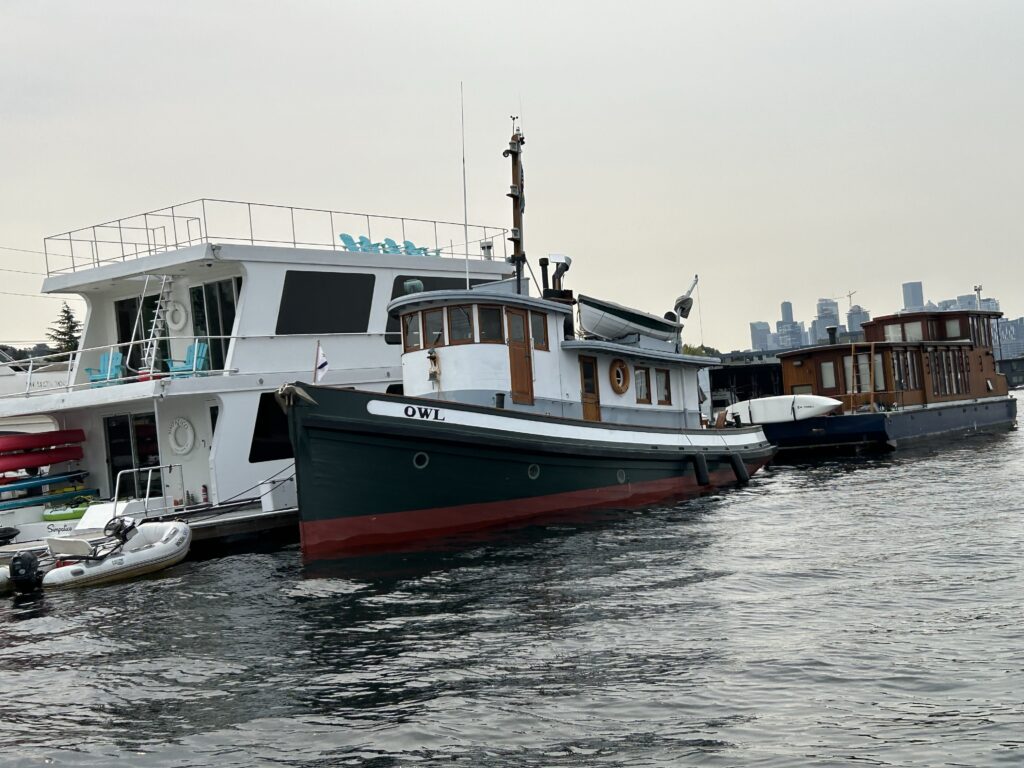
2. Westlake (66 homes)
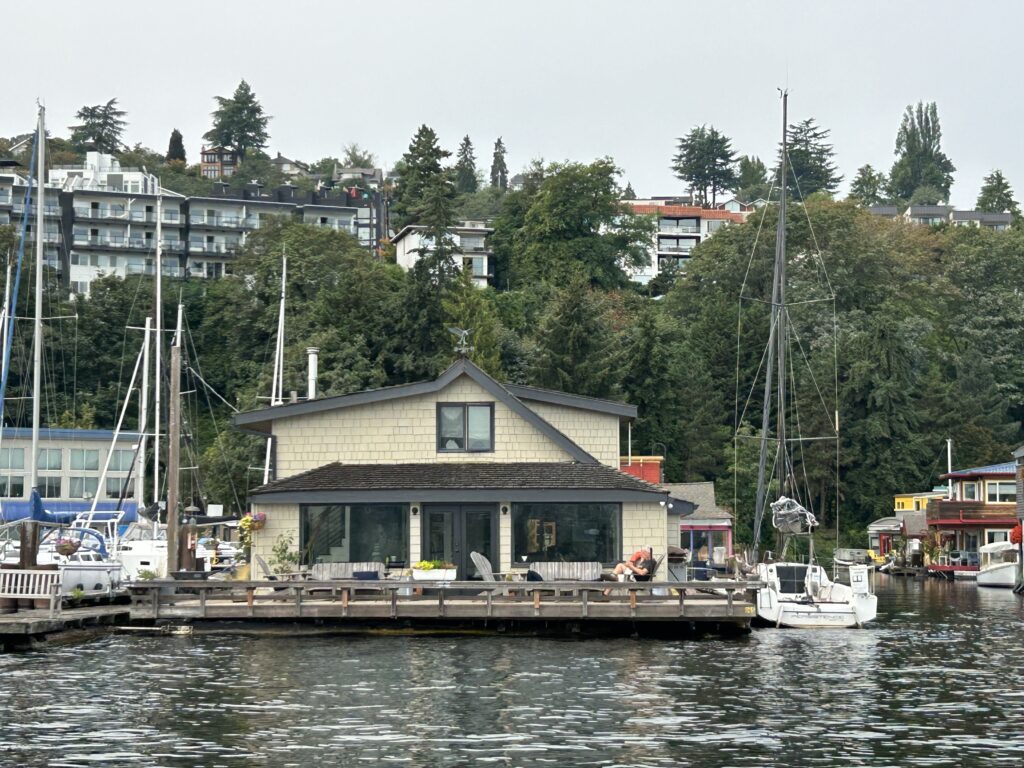
- Description: Westlake, situated on the western shore of Lake Union, offers stunning views of the city skyline and the Space Needle.
- Features: This neighborhood is known for its luxurious floating homes, some of which have been featured in movies and television shows. It is a desirable location for those seeking a high-end waterfront lifestyle.
- Iconic: The Sleepless in Seattle” floating home is one of the most iconic properties in Seattle. While the exterior is recognizable from the film, the interior scenes were actually shot on a studio set. The current owners have renovated the interior, removing walls to create a more open-plan layout and updating the kitchen. Purchased in 1987 for $550,000, it features 4 bedrooms, 2 bathrooms, over 2,000 square feet and sold in 2014 for over $2 million. It is the largest floating home in the community.
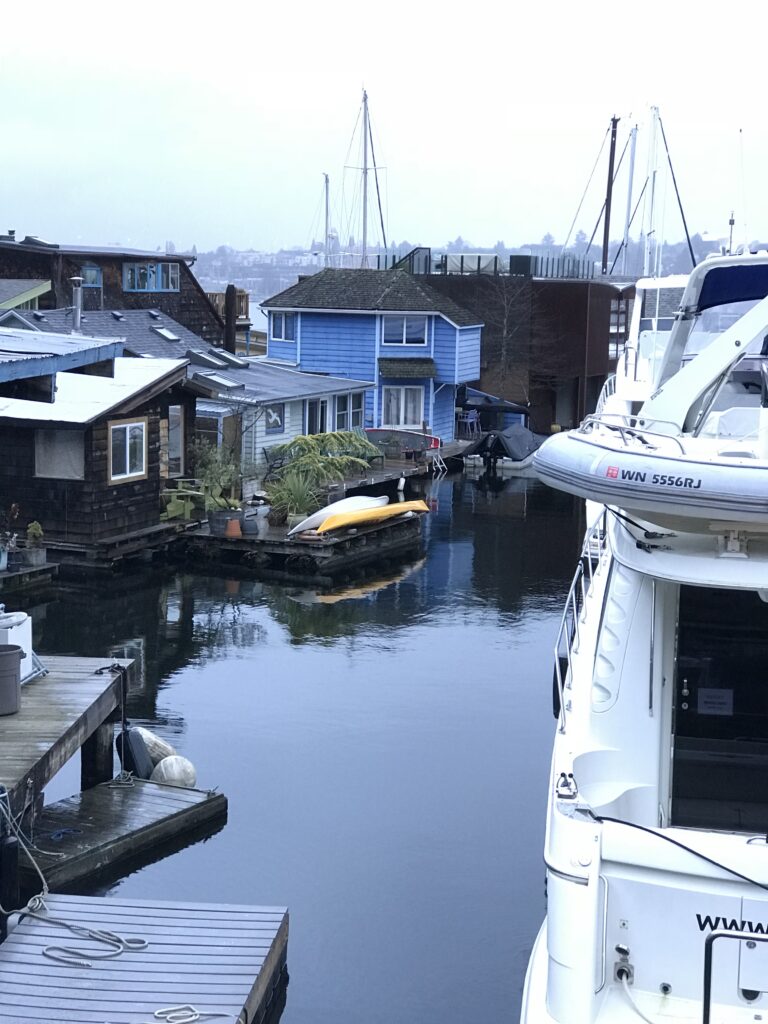

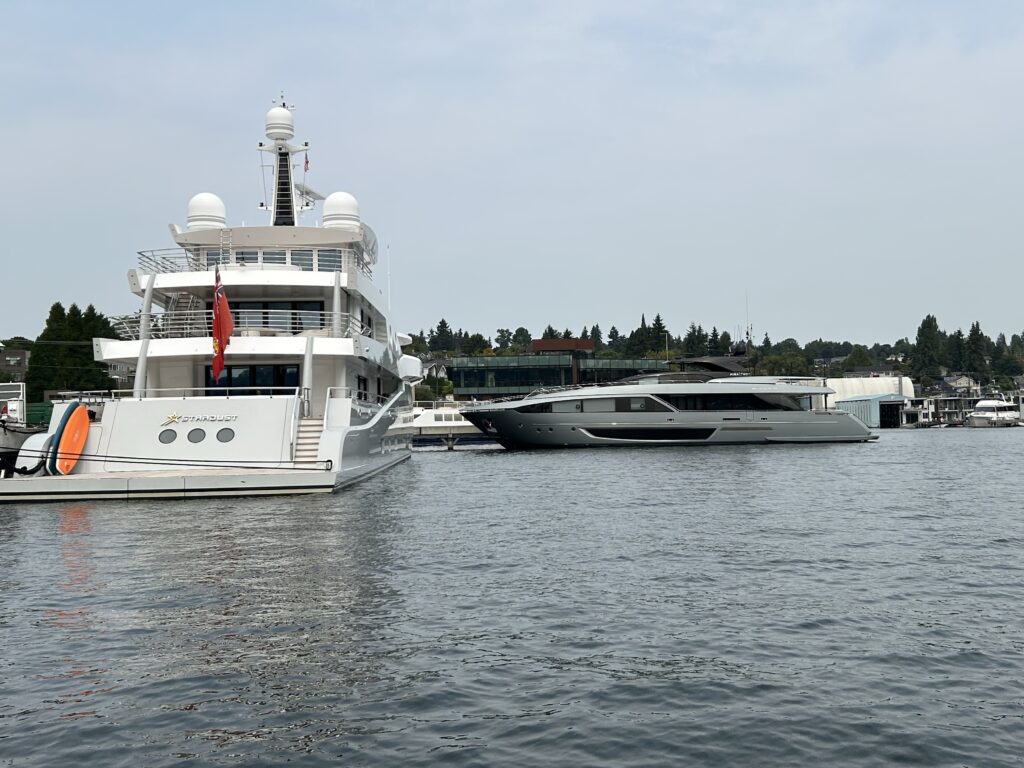
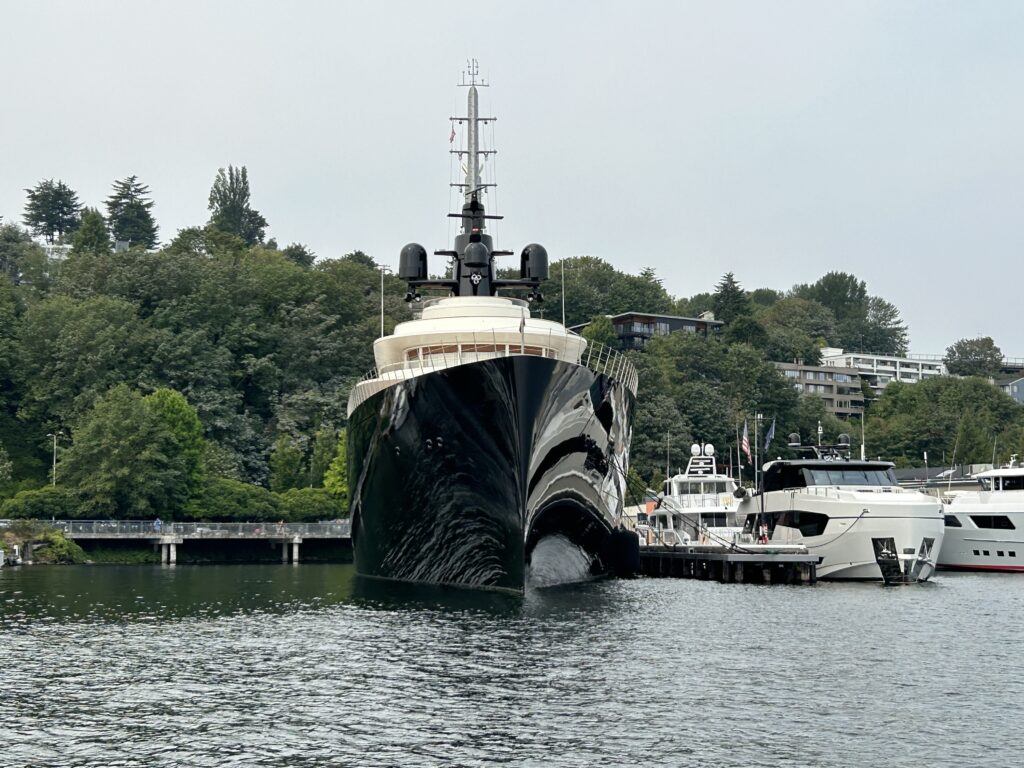
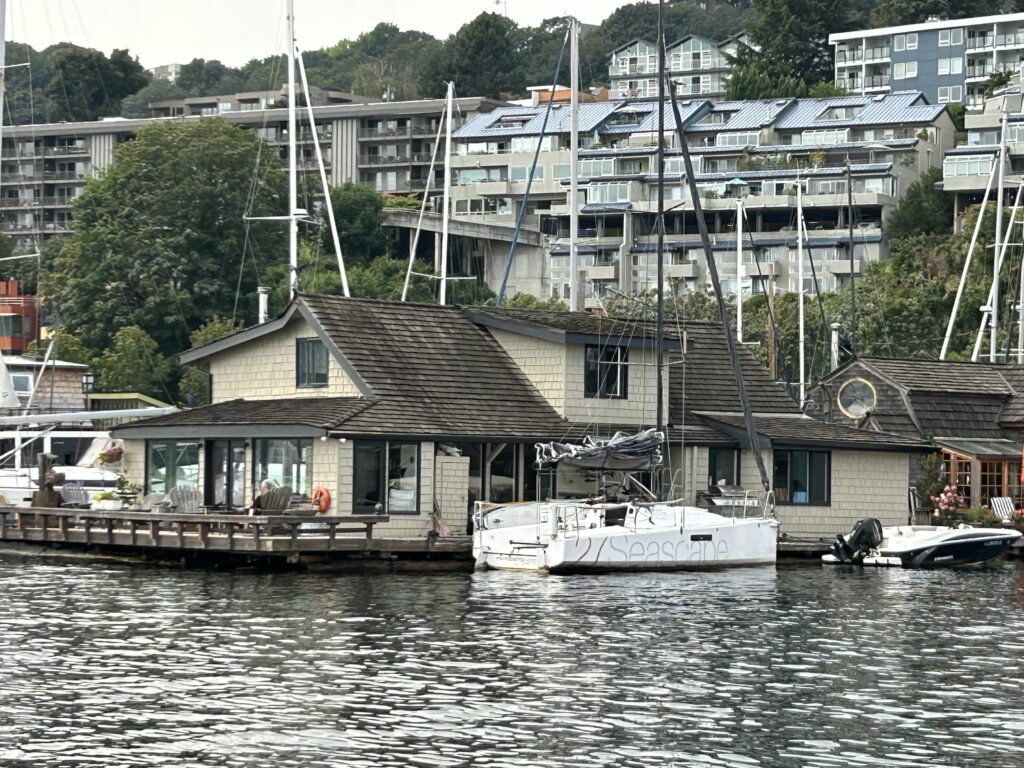
3. Northlake (15 homes)
- Description: Northlake is located at the northern end of Lake Union, near the University District. It is a quieter area compared to Eastlake and Westlake.
- Features: Northlake offers a mix of residential floating homes and houseboats, providing a serene living environment with easy access to the university and other amenities. It is close to gasworks park which features numerous concerts and events during the summer. This is a great location for forth of July fireworks.
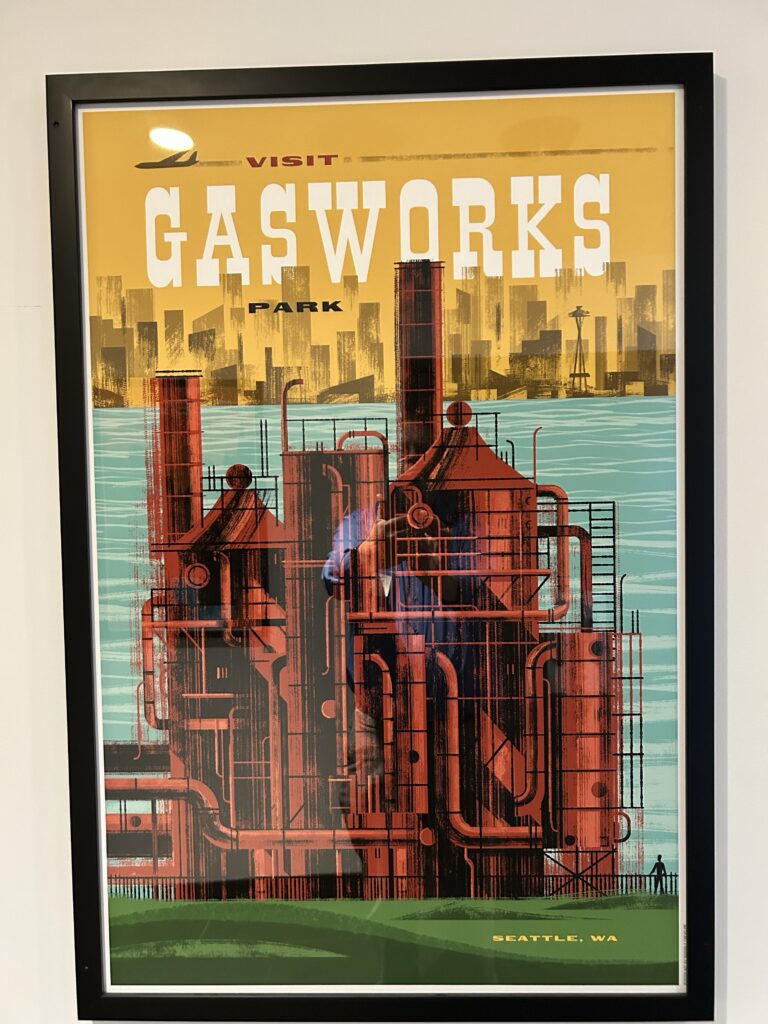
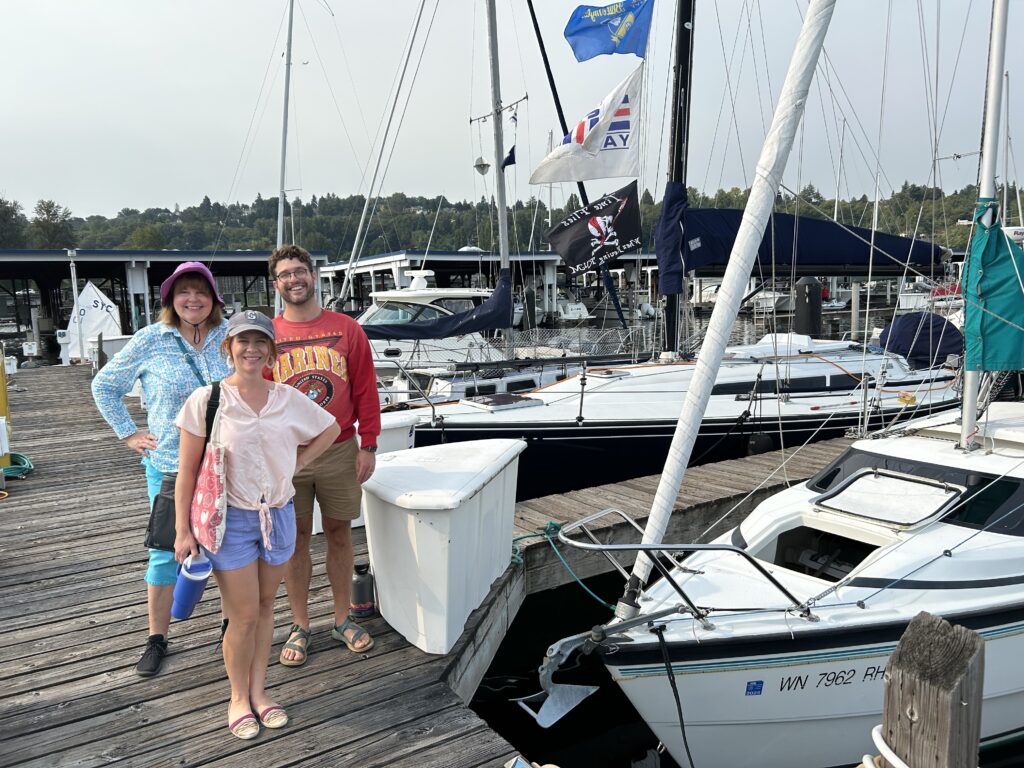
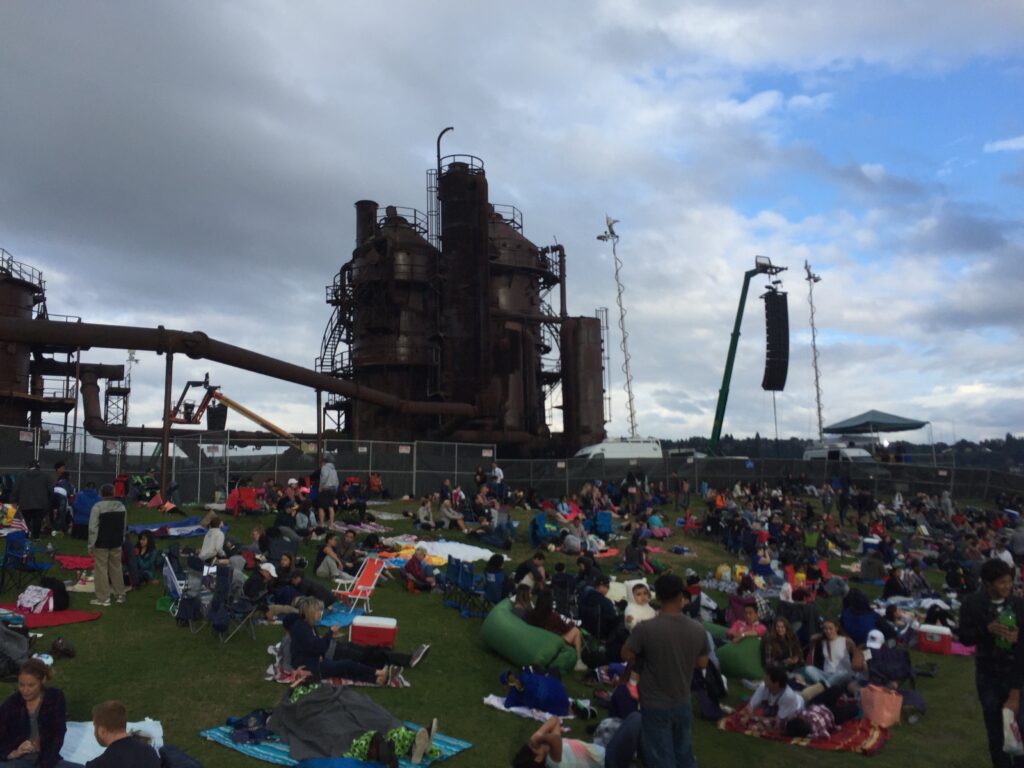
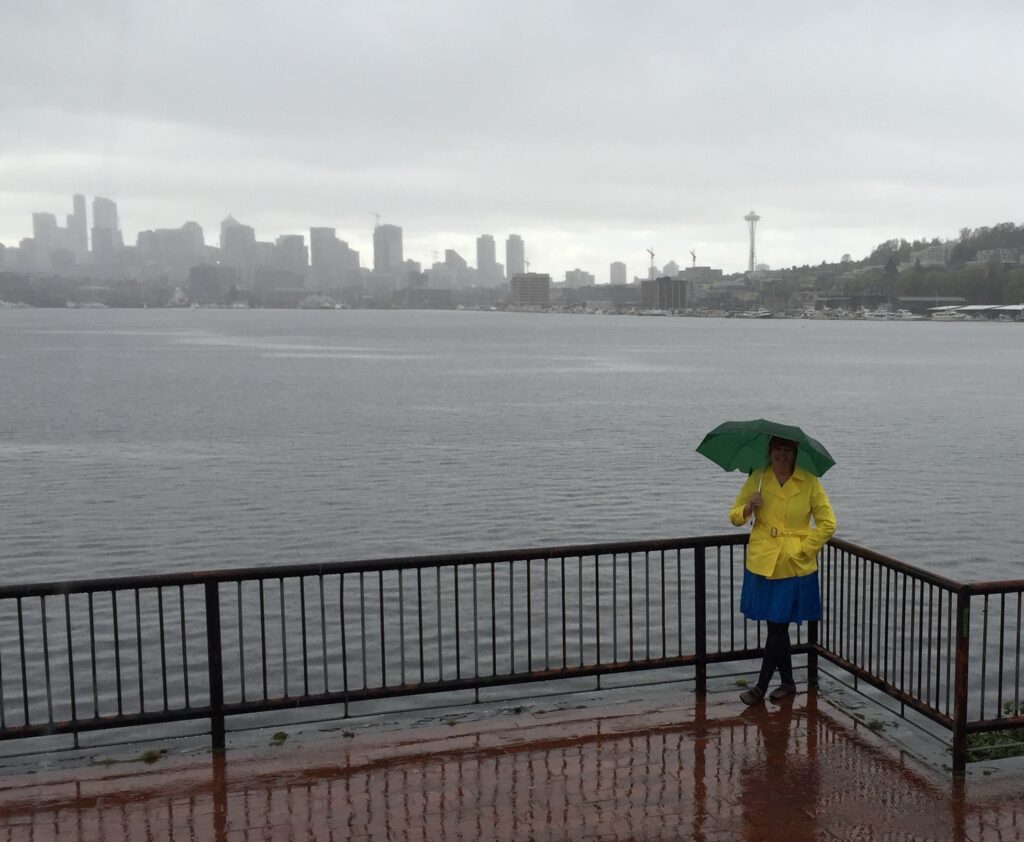
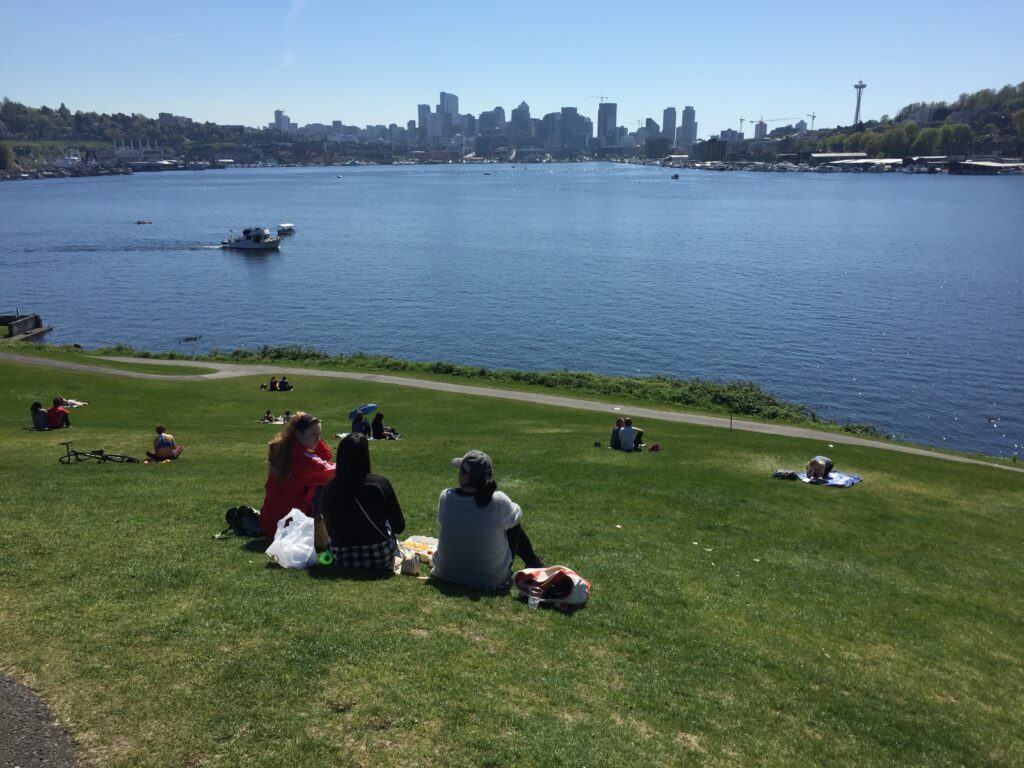
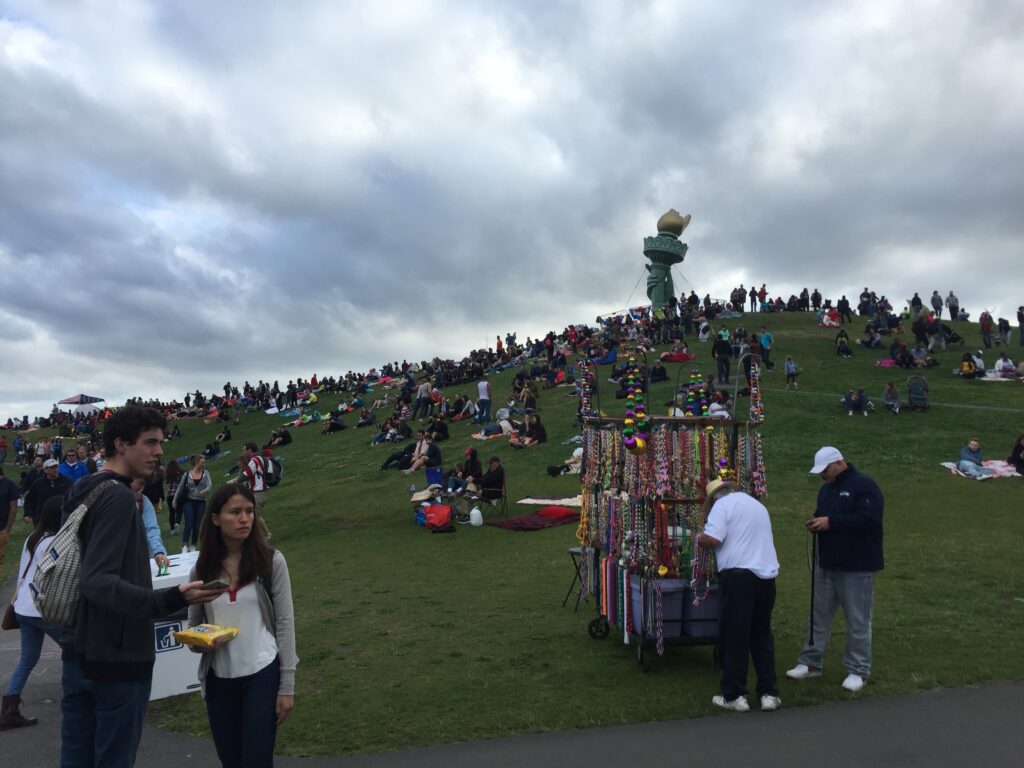
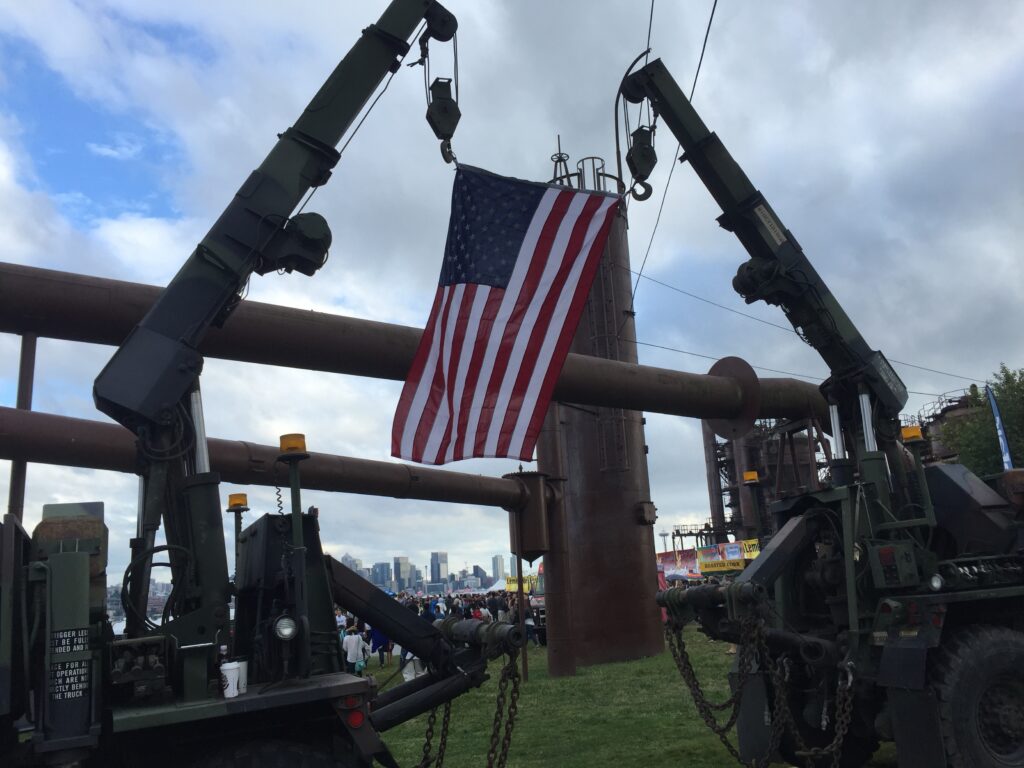
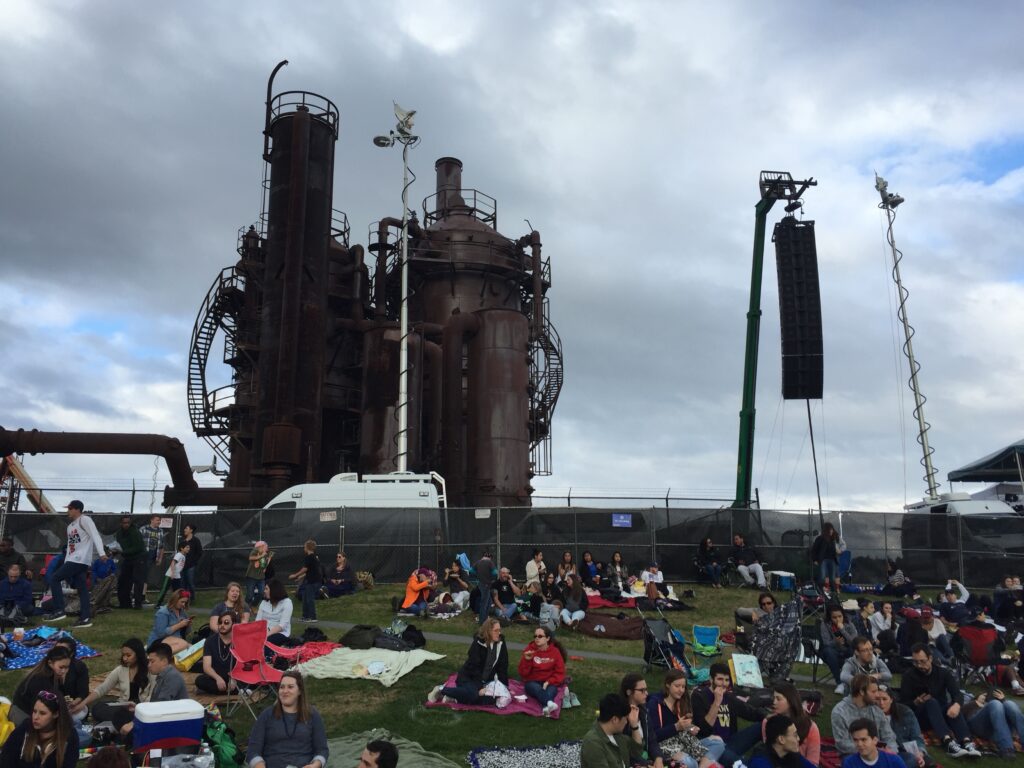
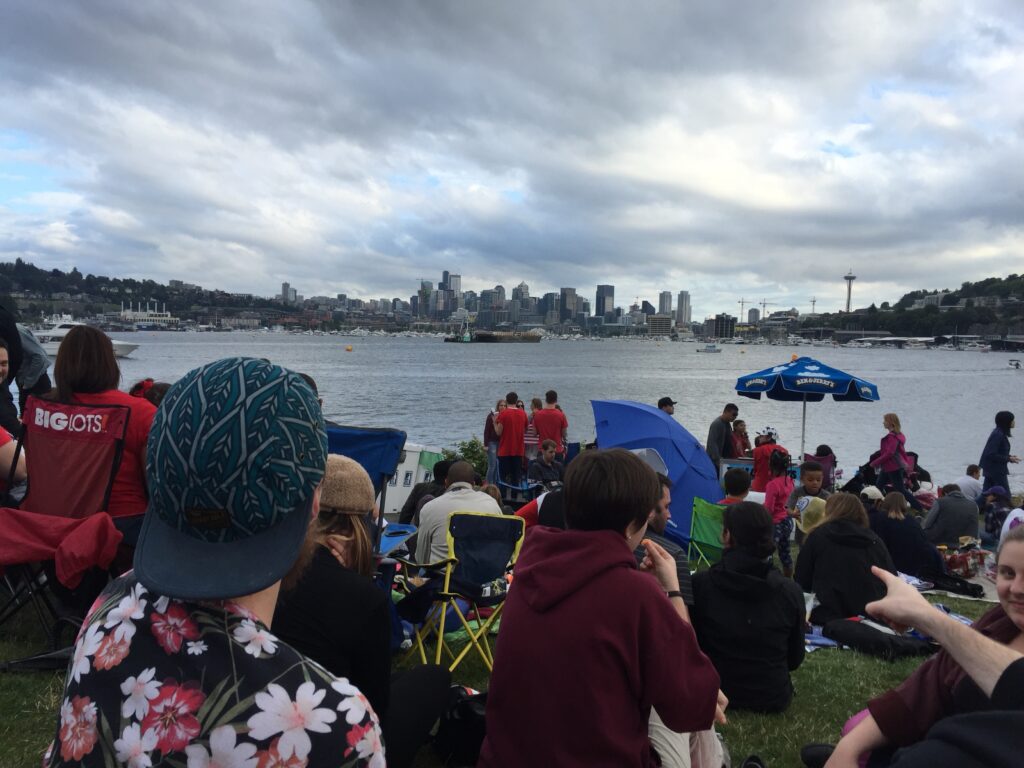
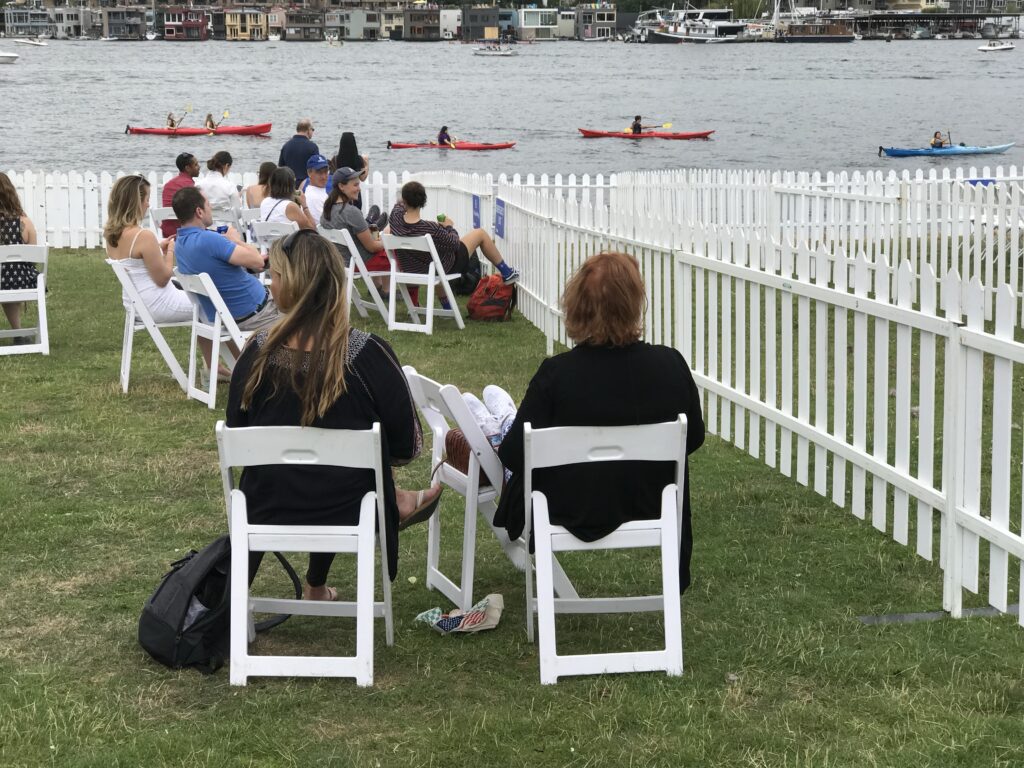
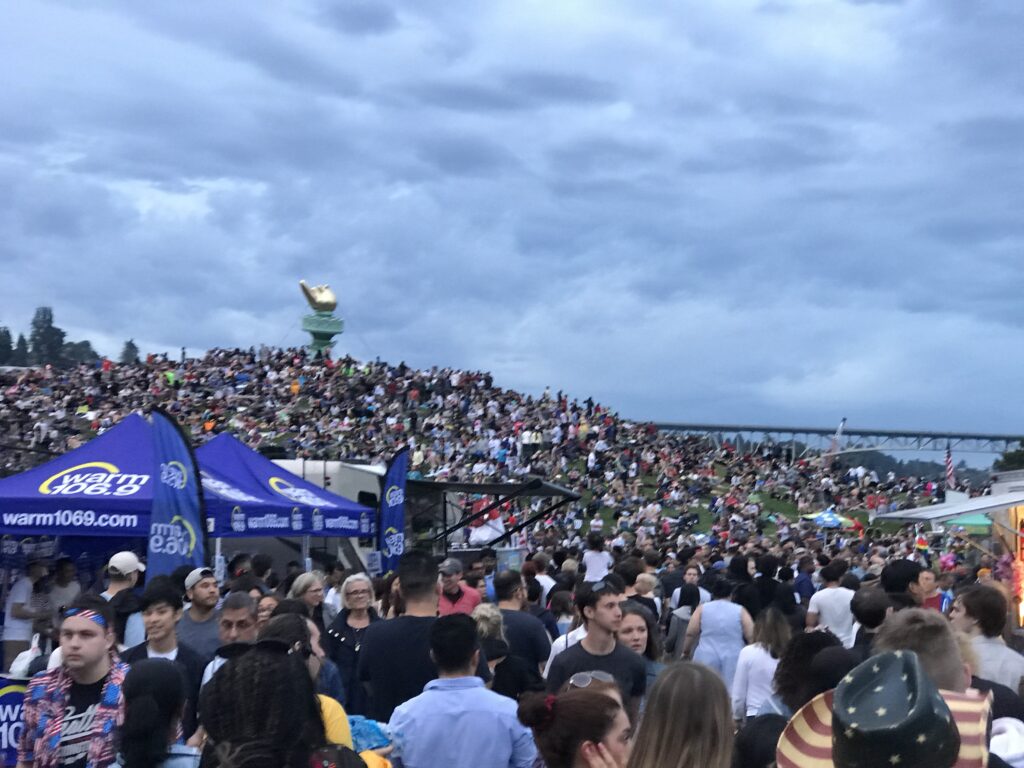
4. Portage Bay (131 homes)
- Description: Portage Bay is a small, sheltered bay connected to Lake Union. It is known for its close-knit community and tranquil setting and is home to both the Seattle Yacht Club and the Queen City Yacht Club.
- Features: The floating homes in Portage Bay range from quaint, historic houses to modern, architecturally designed residences. The neighborhood is popular for its peaceful atmosphere and scenic beauty.
- Price: In 2021, floating homes on Portage Bay averaged $1,107,000.
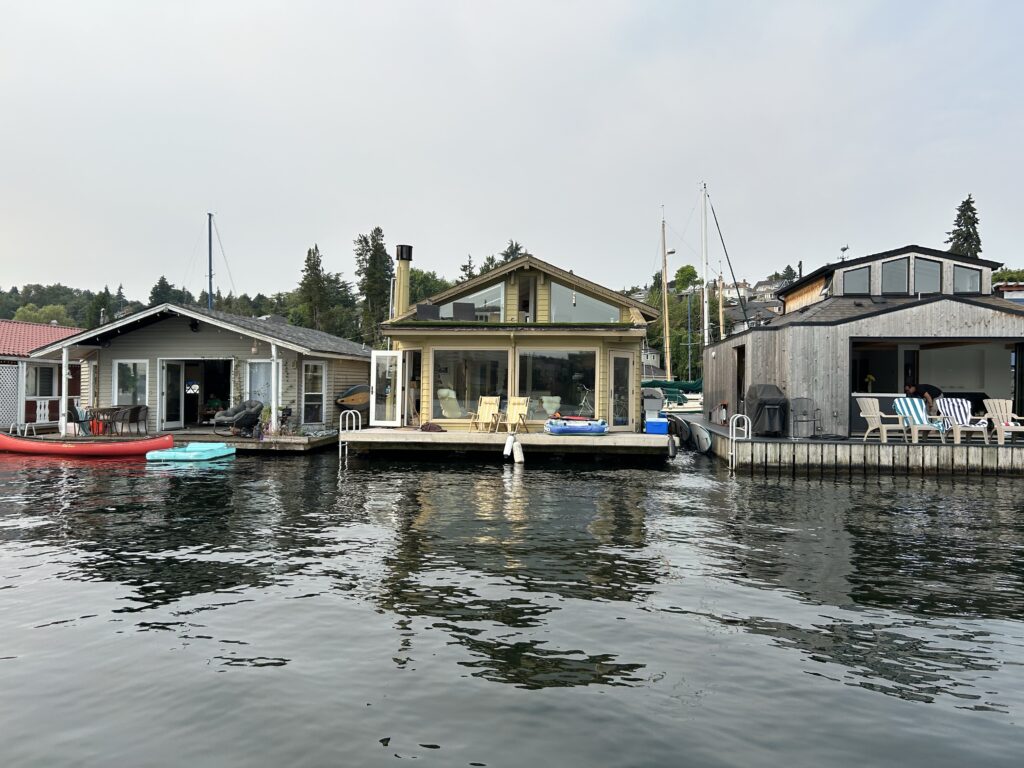
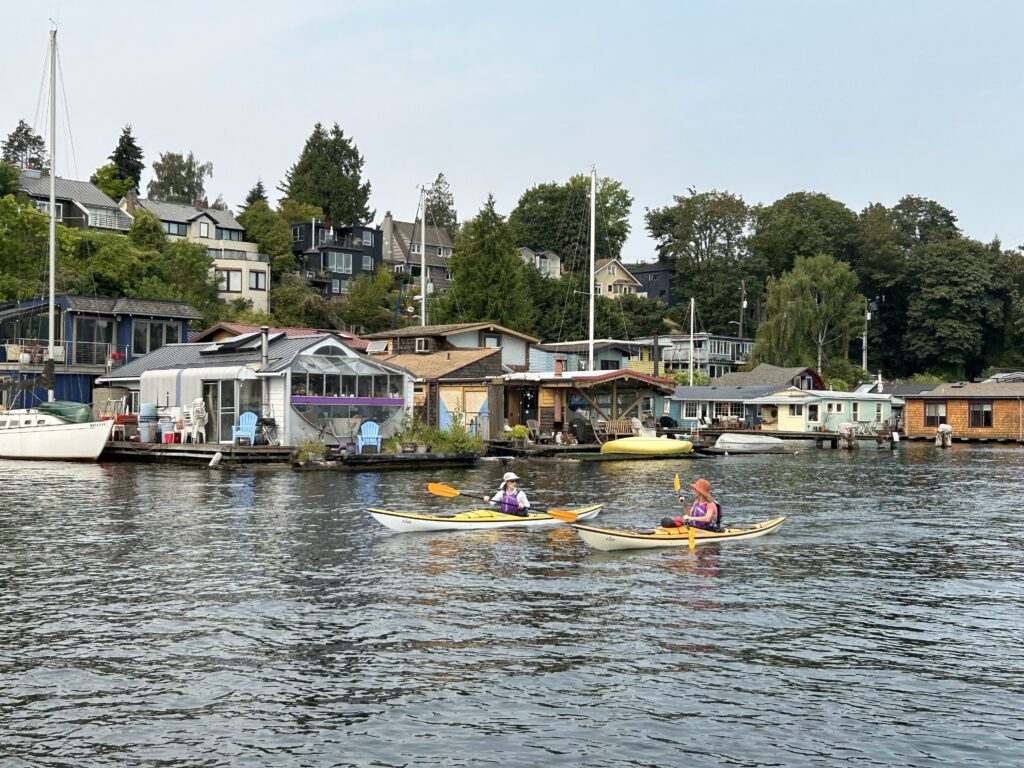
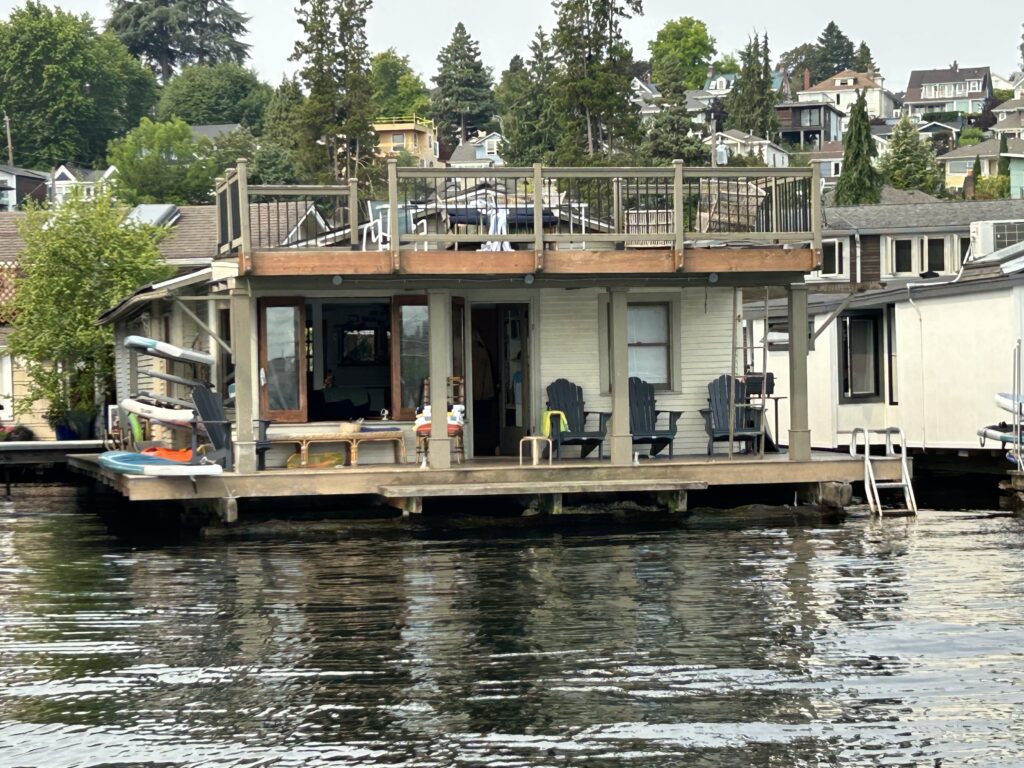
5. Roanoke Reef
- Description: Roanoke Reef is one of the newest and reportedly last floating home communities permitted by the city. It is located at the foot of Roanoke Street on Lake Union.
- Features: This community is known for its upscale floating homes, often featured in architectural magazines and commanding high prices. It offers a luxurious and exclusive living experience.

6. University District
- Description: The University District, located near the University of Washington, includes some floating homes along its waterways.
- Features: This area is popular among students and faculty, offering a unique living experience close to the university and its amenities.
Sewer System
Floating homes in Seattle are generally connected to the city’s sewer system. Here are the key points:
- Sewer Connection Requirement:
- Floating homes in Seattle are required to be connected to the public sewer system, especially those within 300 feet of a public sewer or in specific water bodies like Lake Union, Portage Bay, etc.
- It is a violation to use or occupy a floating home for human habitation unless it is connected to the sewer system.
- Connection Method:
- Floating homes use a cistern and pump system to connect to the city’s wastewater system.
- The wastewater goes into a cistern, which is then pumped up to the city’s main wastewater system.
- Fragile System:
- The connection system for floating homes is more fragile than traditional land-based homes.
- Owners and guests need to be cautious about what they flush, typically limiting it to toilet paper only.
- Regulations and Permits:
- Floating home moorages are required to provide a local side sewer system for collecting sewage from every floating home.
- Reconnection permits are required if a floating home is relocated from its original connection site.
- Alternative Options:
- While not the primary method, some boat residents (not necessarily floating home owners) may use alternatives like:
- Shoreside bathroom facilities
- Portable toilets
- Larger holding tanks with pump-out fittings
- Contracting with mobile pump-out services
- While not the primary method, some boat residents (not necessarily floating home owners) may use alternatives like:
Summary

Seattle’s floating home neighborhoods, including Eastlake, Westlake, Northlake, Portage Bay, Roanoke Reef, and the University District, each offer unique living experiences with their distinct characteristics and community vibes. These neighborhoods have evolved from their early days of being considered unconventional or slums to becoming integral parts of Seattle’s urban fabric, attracting residents seeking a unique and picturesque waterfront lifestyle. Floating homes in Seattle are generally connected to the city’s sewer system using a specialized cistern and pump setup to manage waste. This system is mandated by city regulations and is the primary method of handling human waste for these unique residences.


